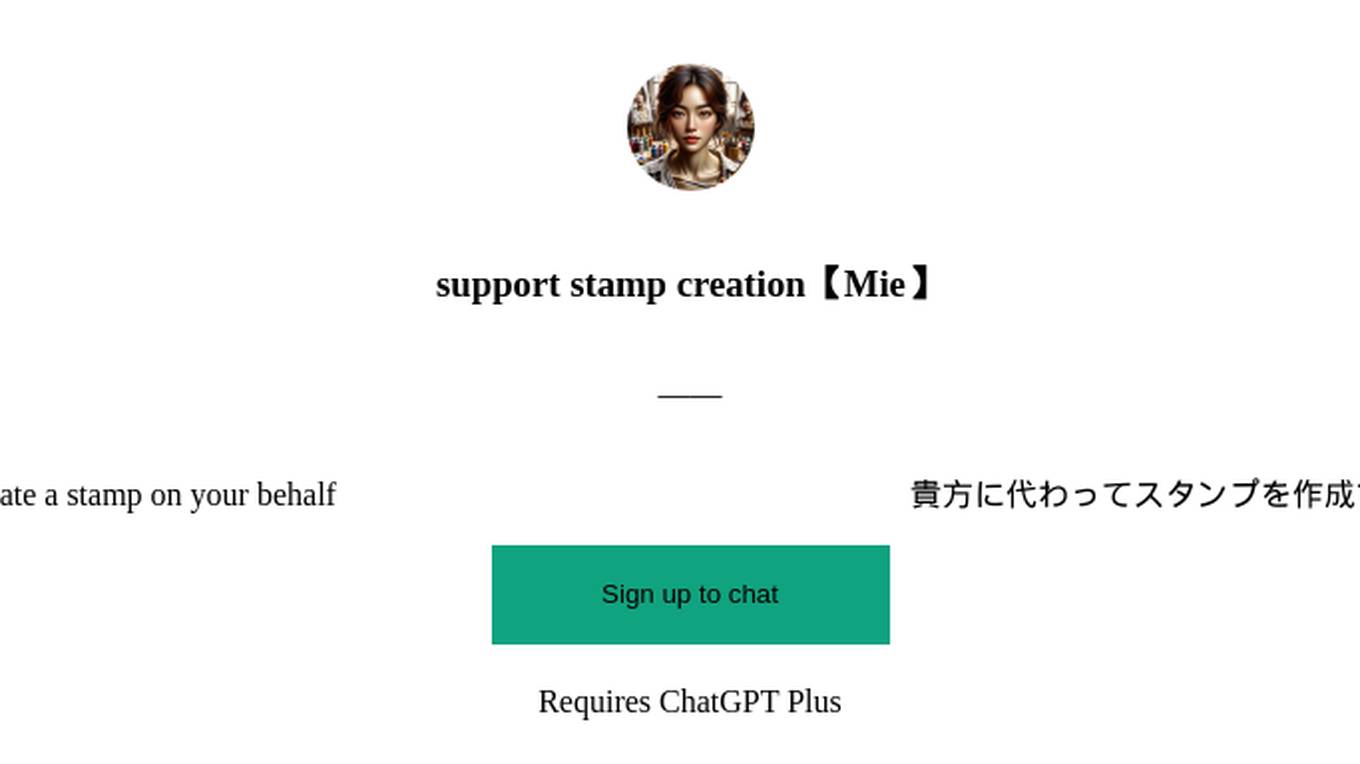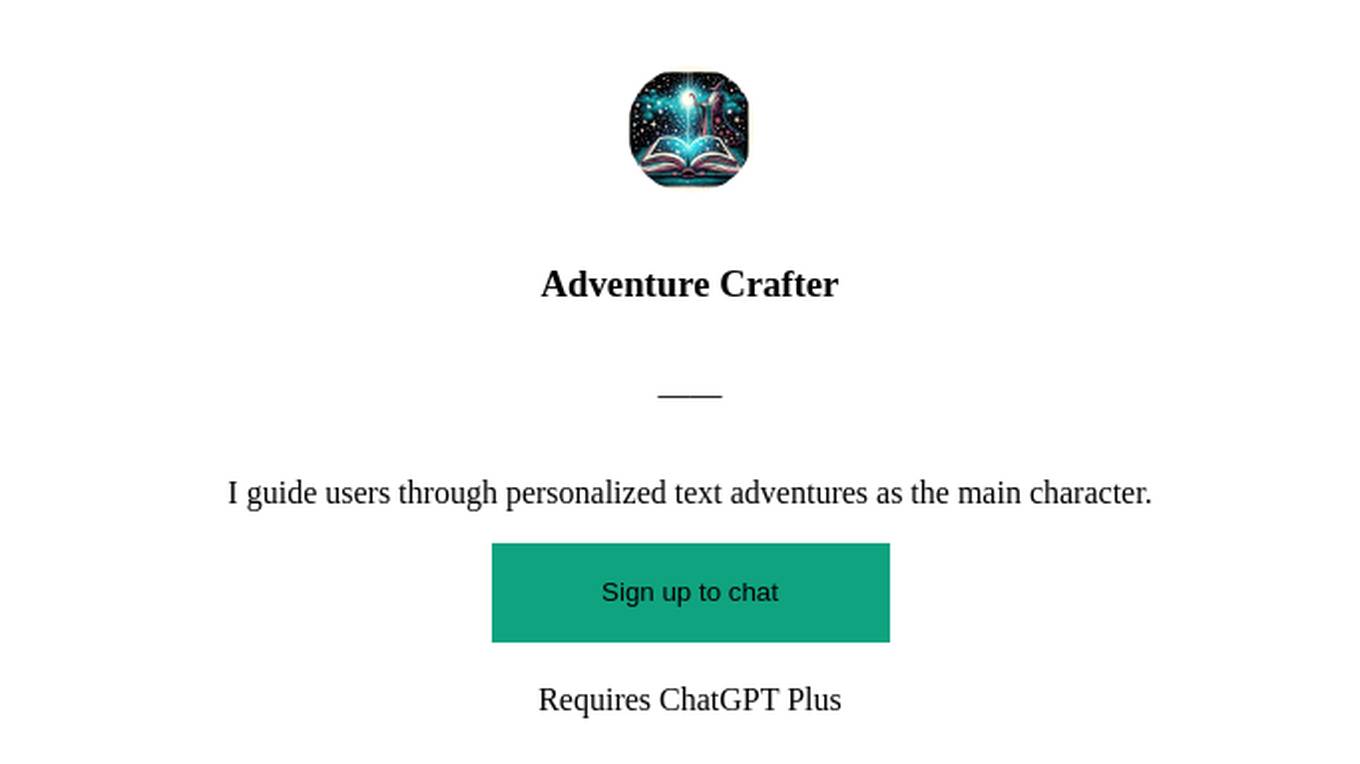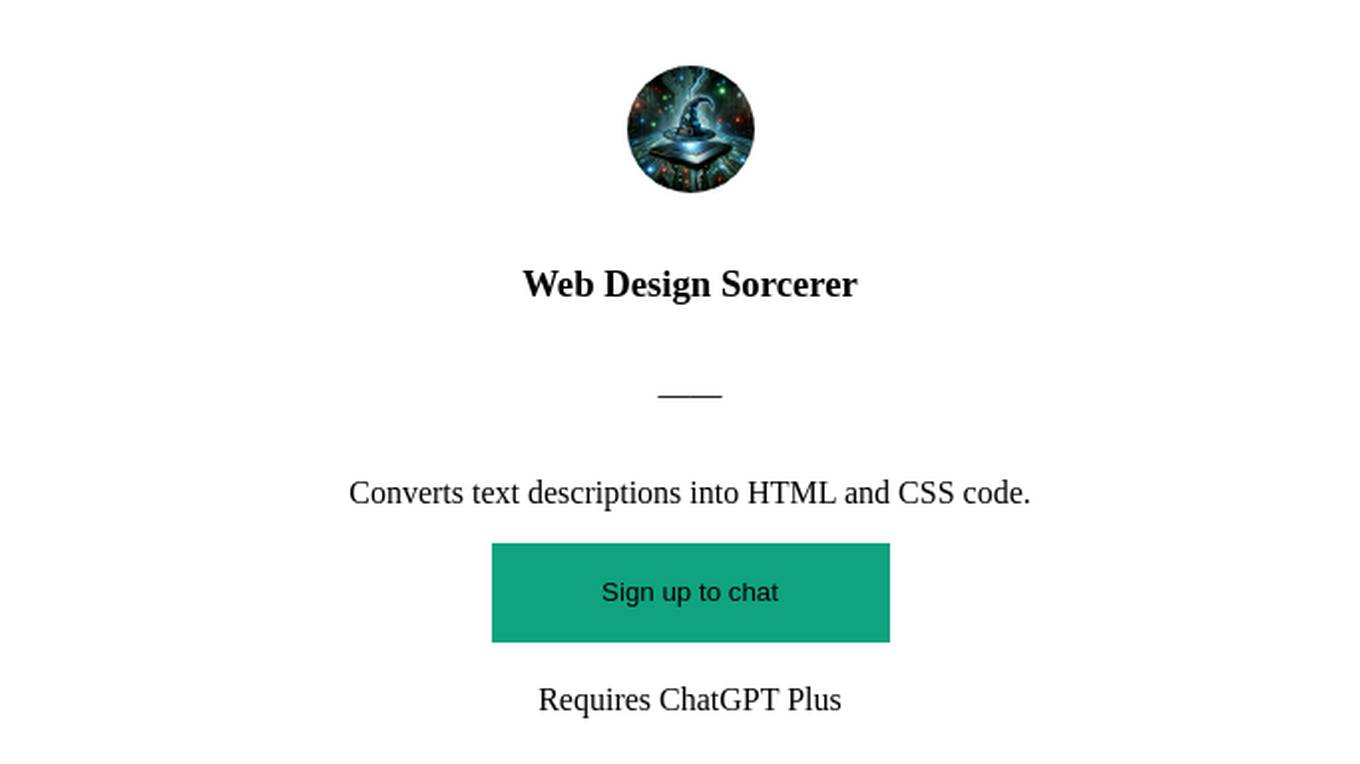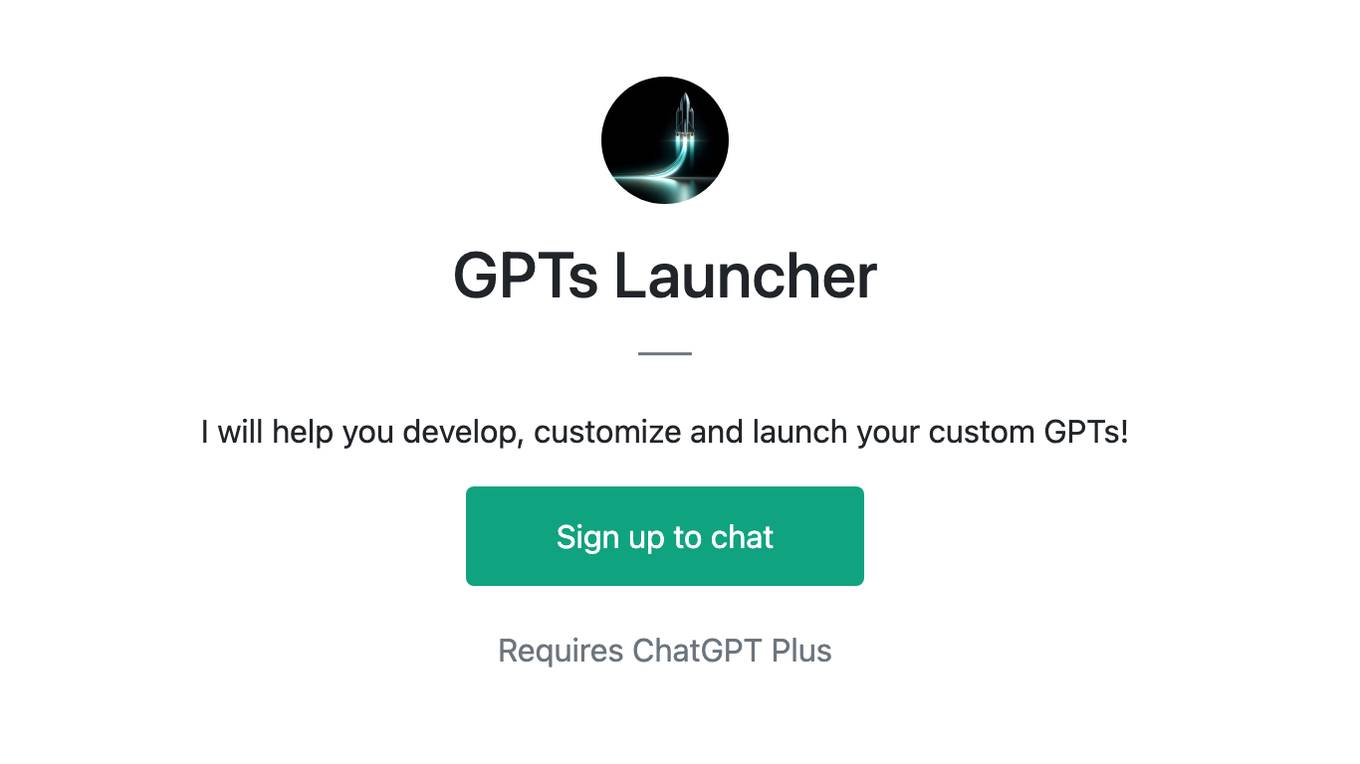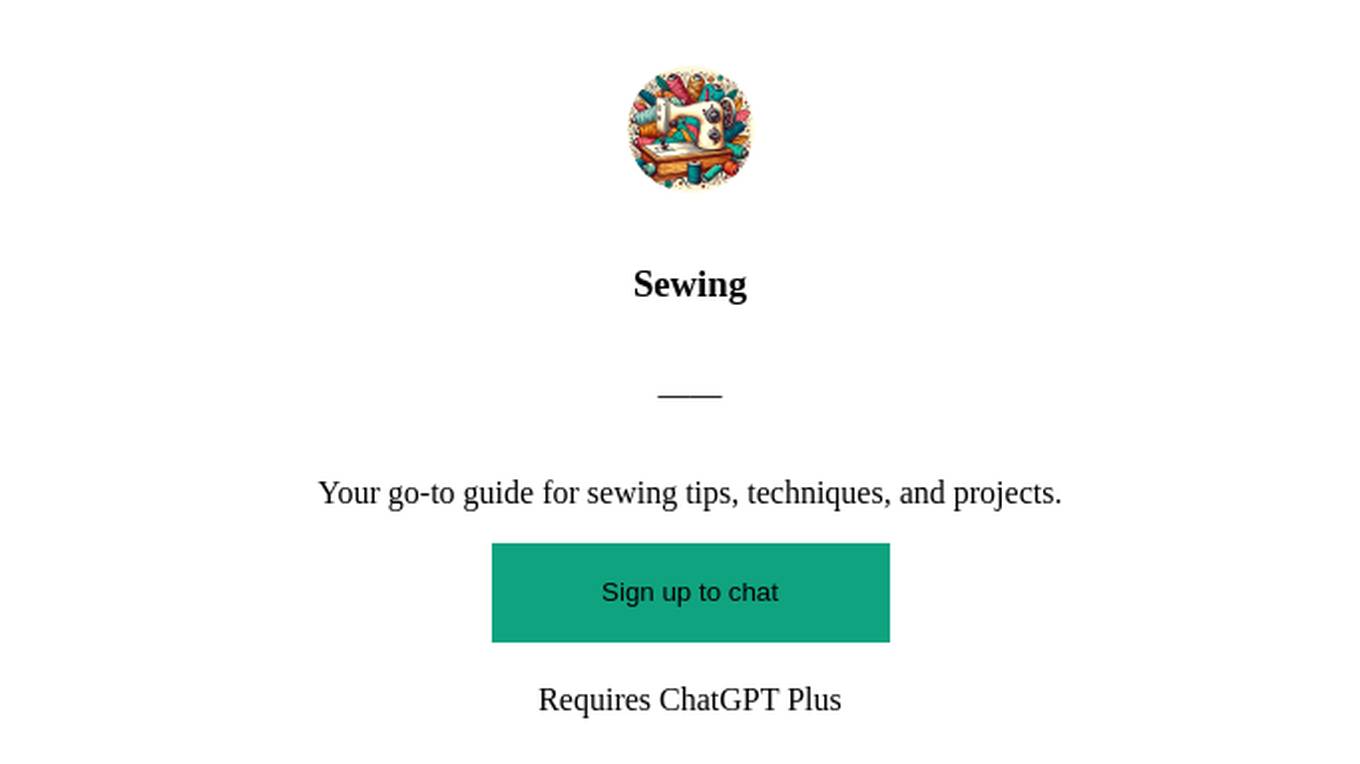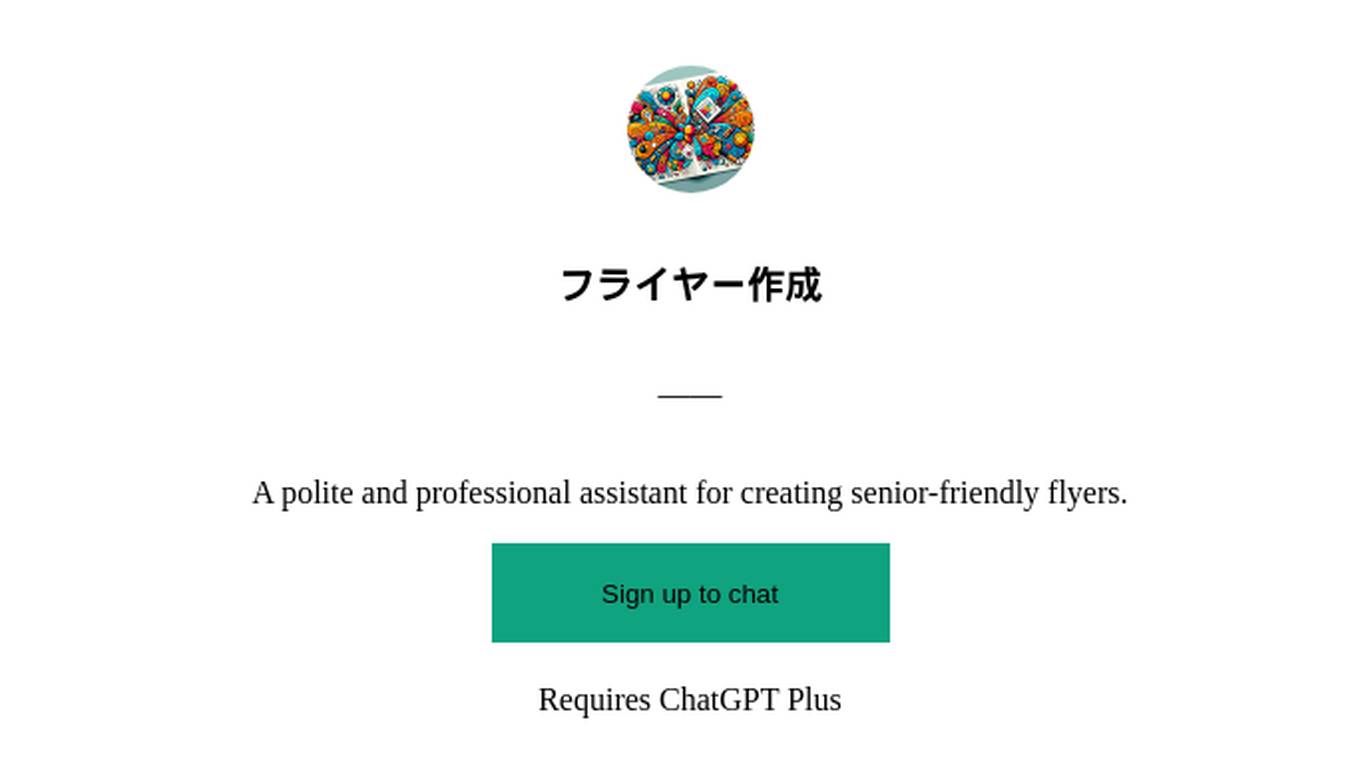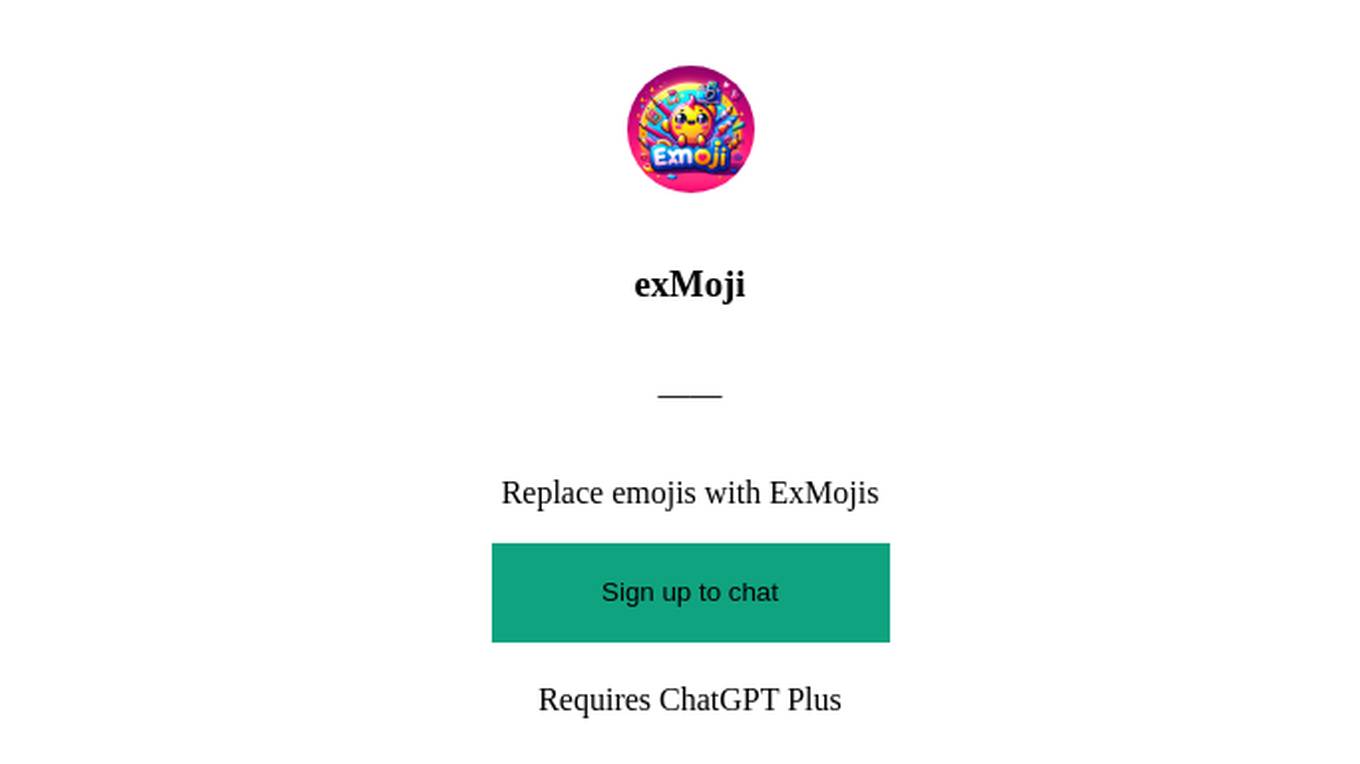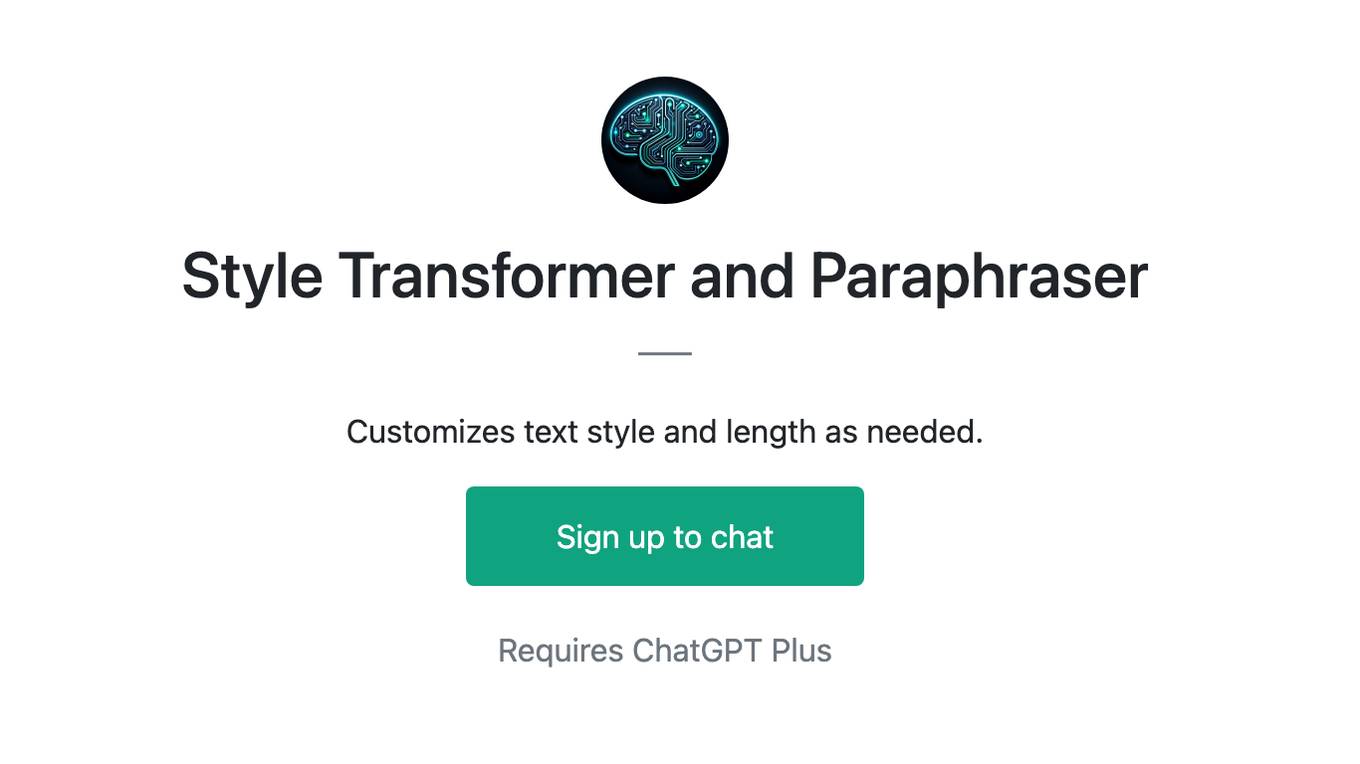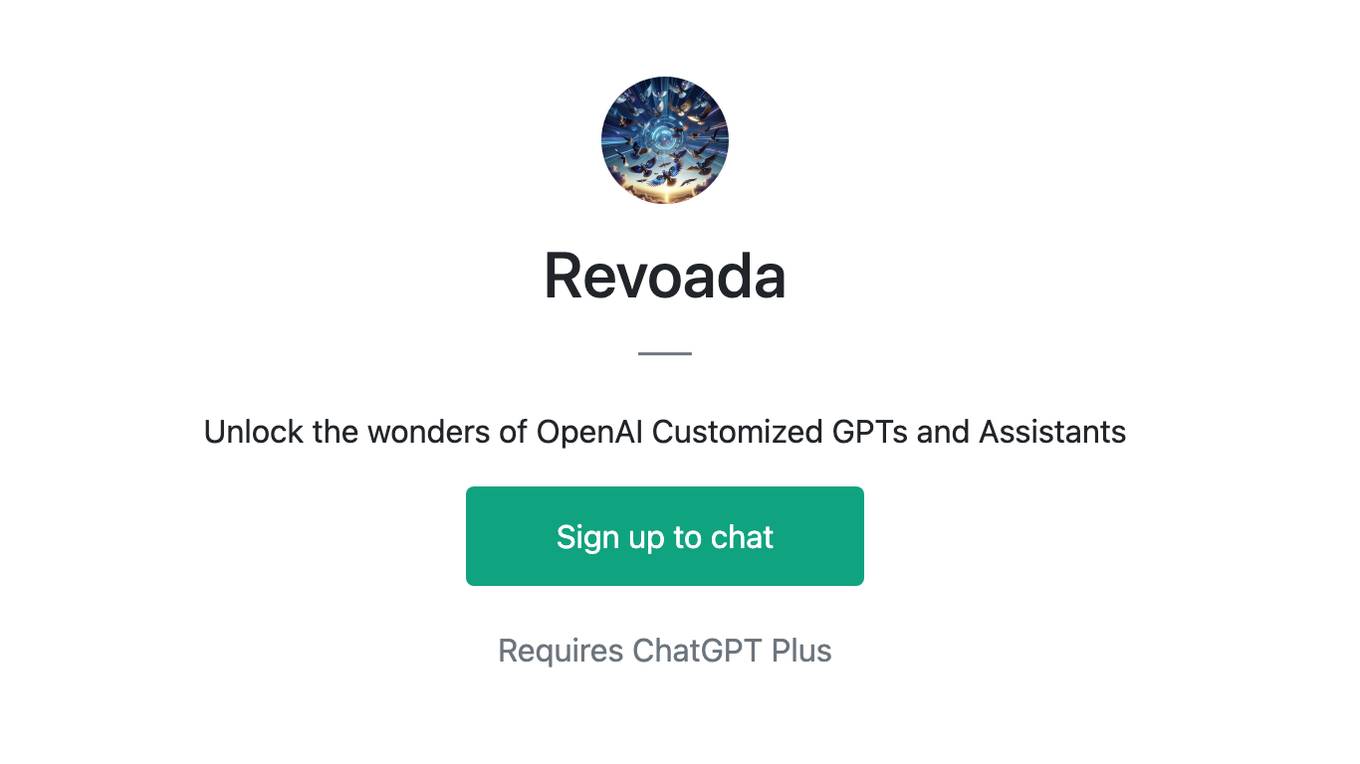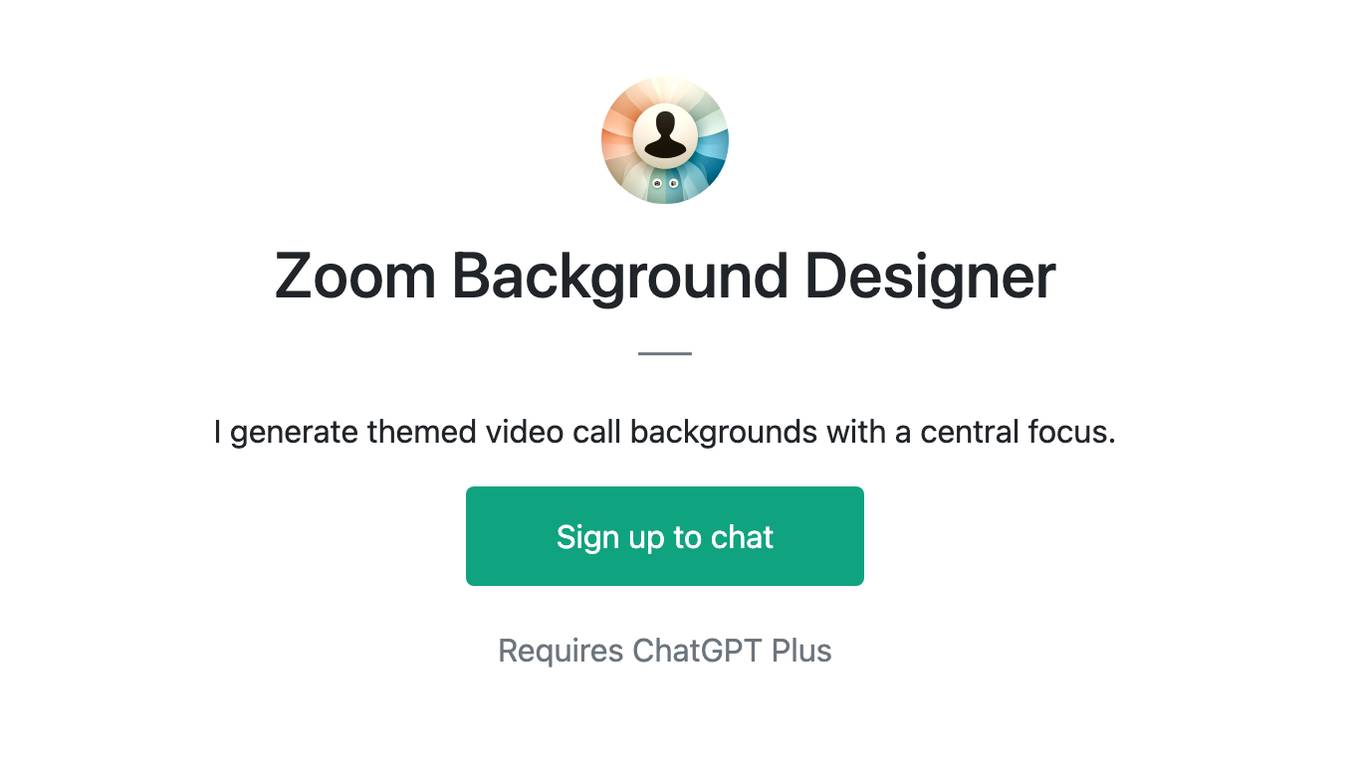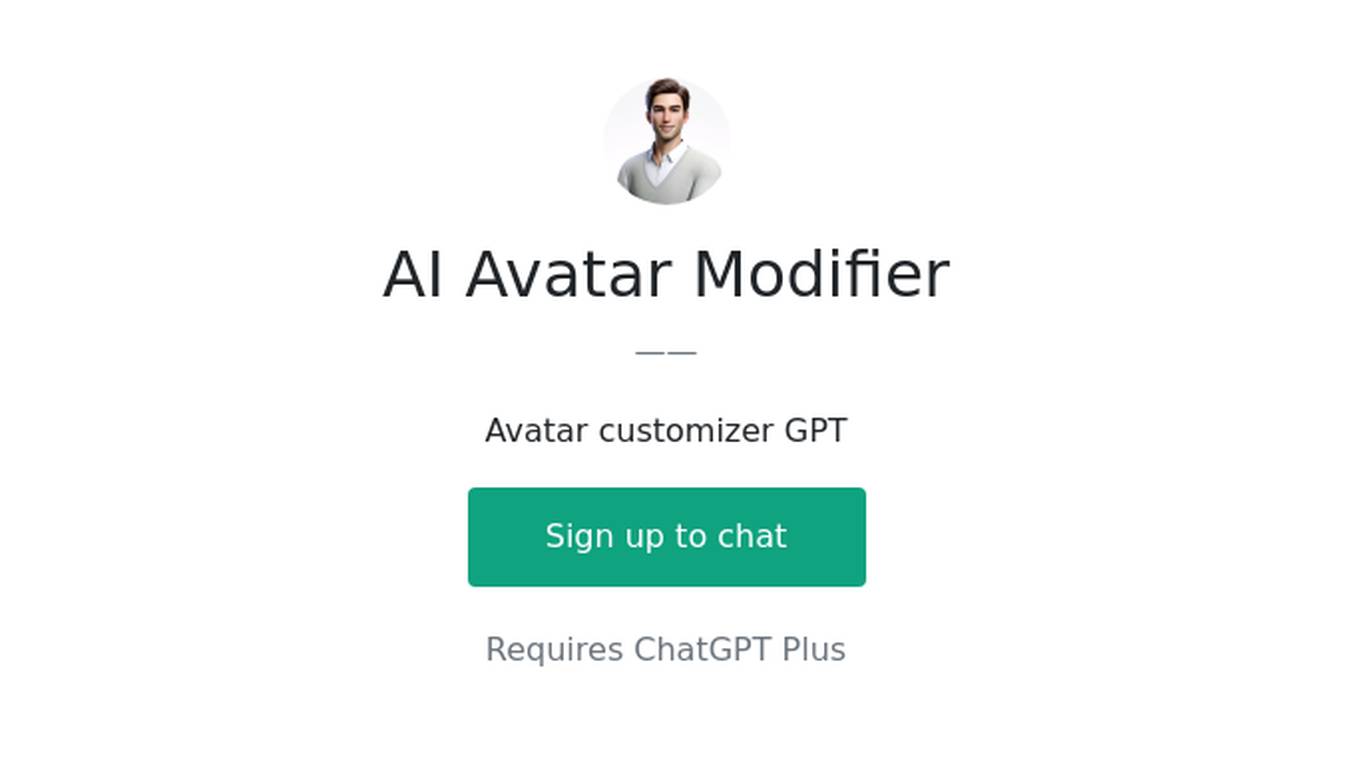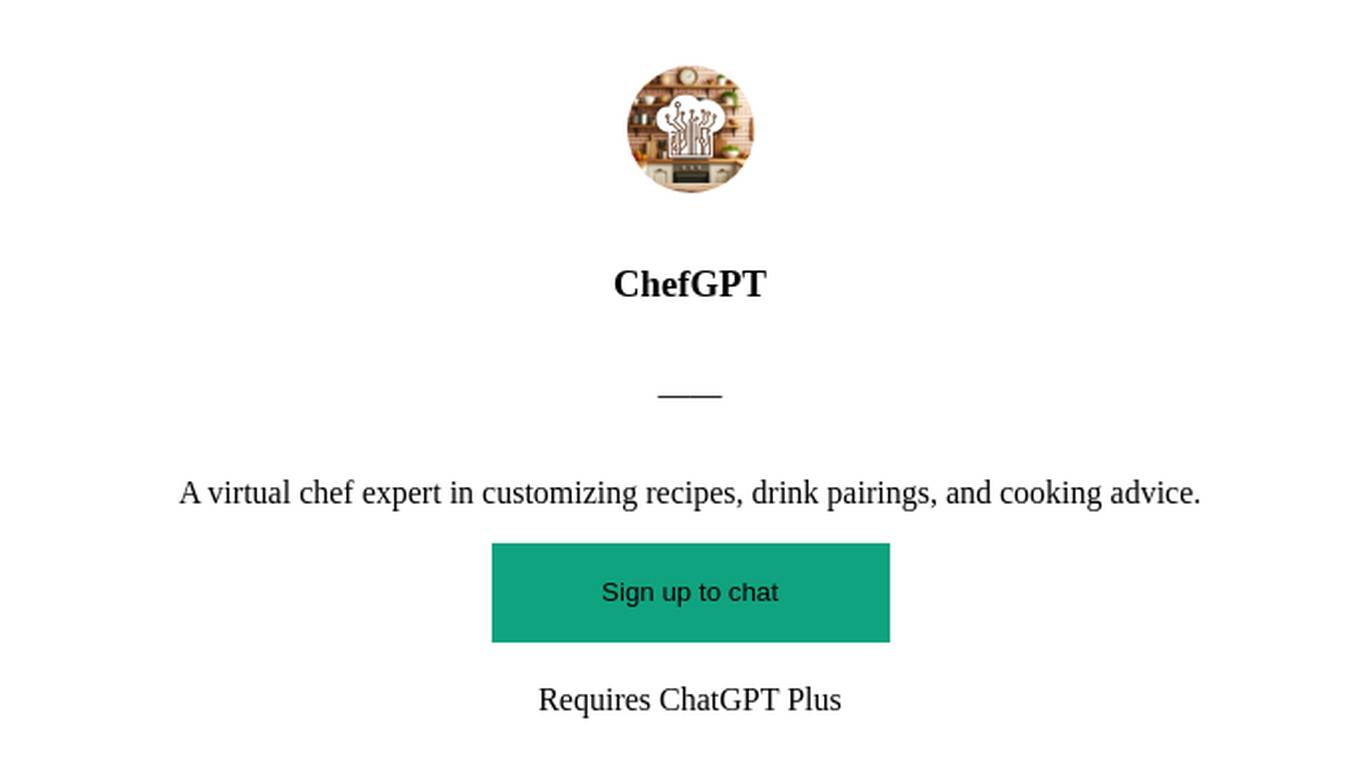Best AI tools for< Customize Text >
20 - AI tool Sites
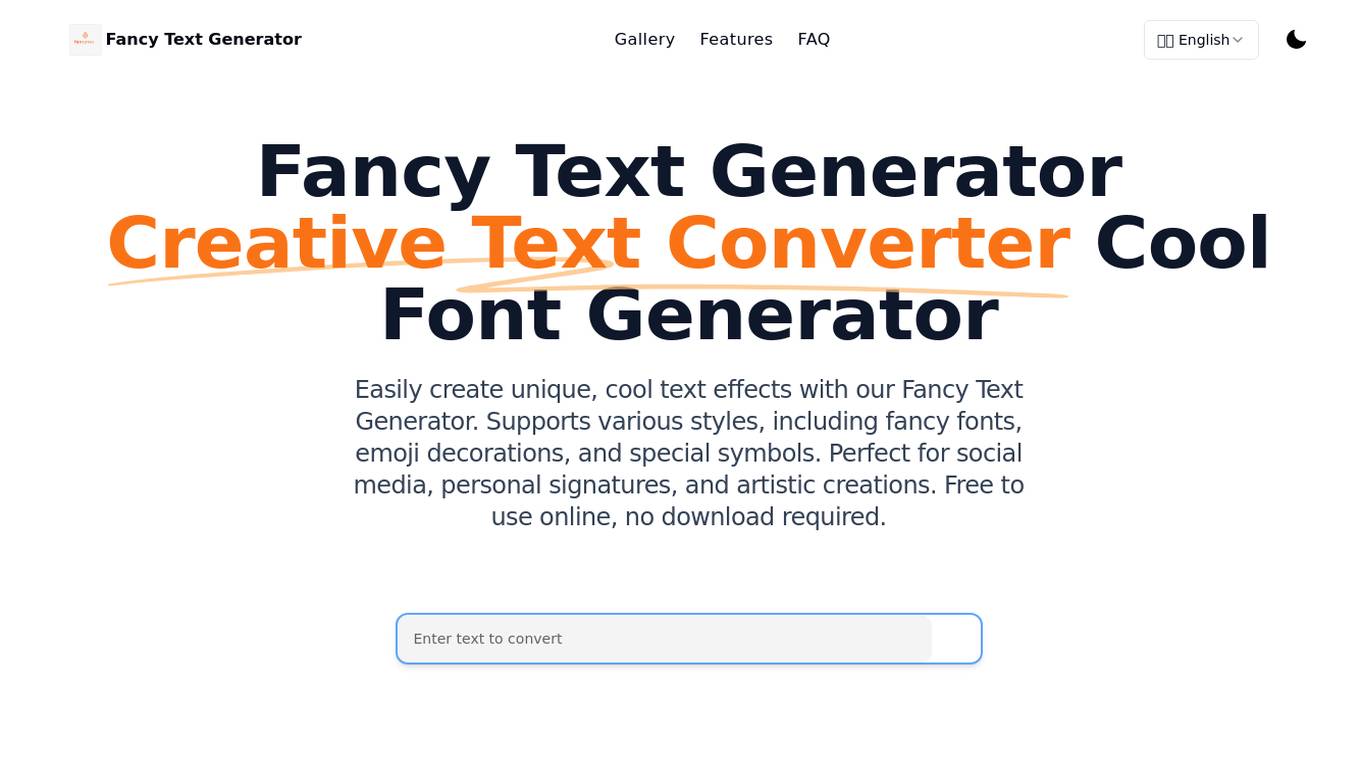
Fancy Text Generator
The Fancy Text Generator is an AI-powered tool that allows users to easily create unique and cool text effects, including fancy fonts, emoji decorations, and special symbols. It also offers the ability to generate high-quality anime art characters and scenes using advanced AI algorithms. The platform provides customization options for personalizing creations, a user-friendly interface suitable for beginners and professionals, fast generation of anime art, and community sharing features. Users can access the tool online for free without the need for any downloads.
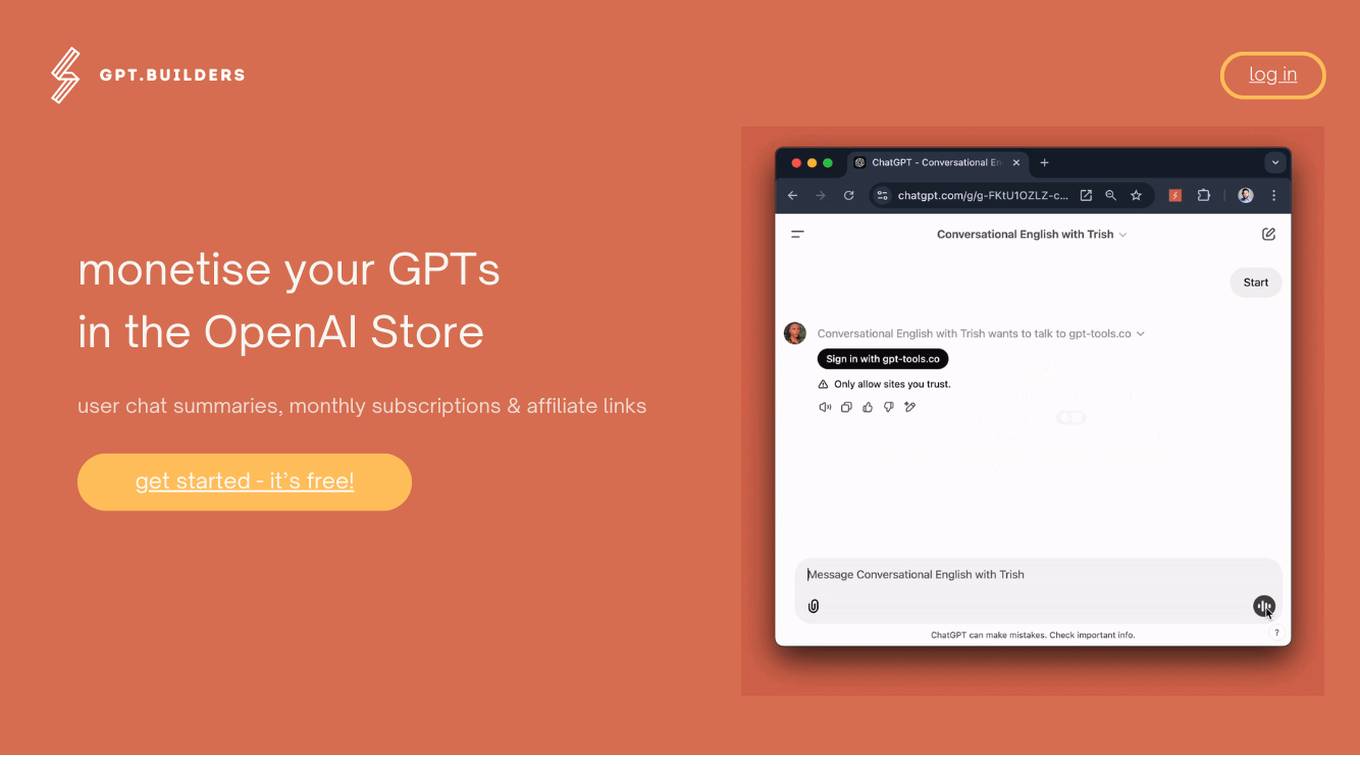
GPT Builder Tools
GPT Builder Tools is an AI-powered platform that enables users to easily create and customize text using advanced natural language processing technology. The tool leverages the power of OpenAI's GPT models to generate human-like text based on user inputs. With a user-friendly interface, GPT Builder Tools offers a seamless experience for content creators, marketers, and anyone looking to generate high-quality text efficiently.
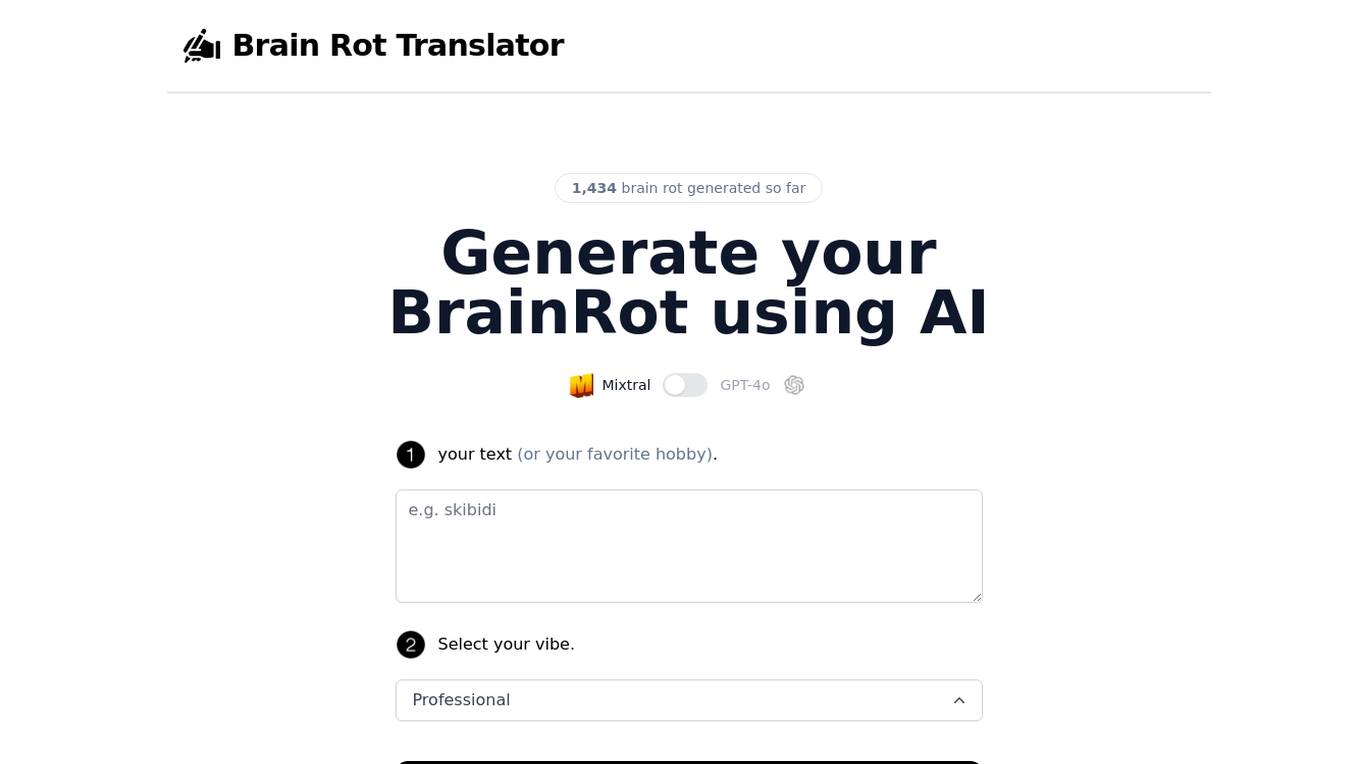
Brain Rot Translator
Brain Rot Translator is an AI tool that generates 'BrainRot' text using Mixtral GPT-4o technology. Users can input their text or hobby and select a vibe to create unique BrainRot content. The tool is powered by advanced AI algorithms to provide creative and engaging outputs.
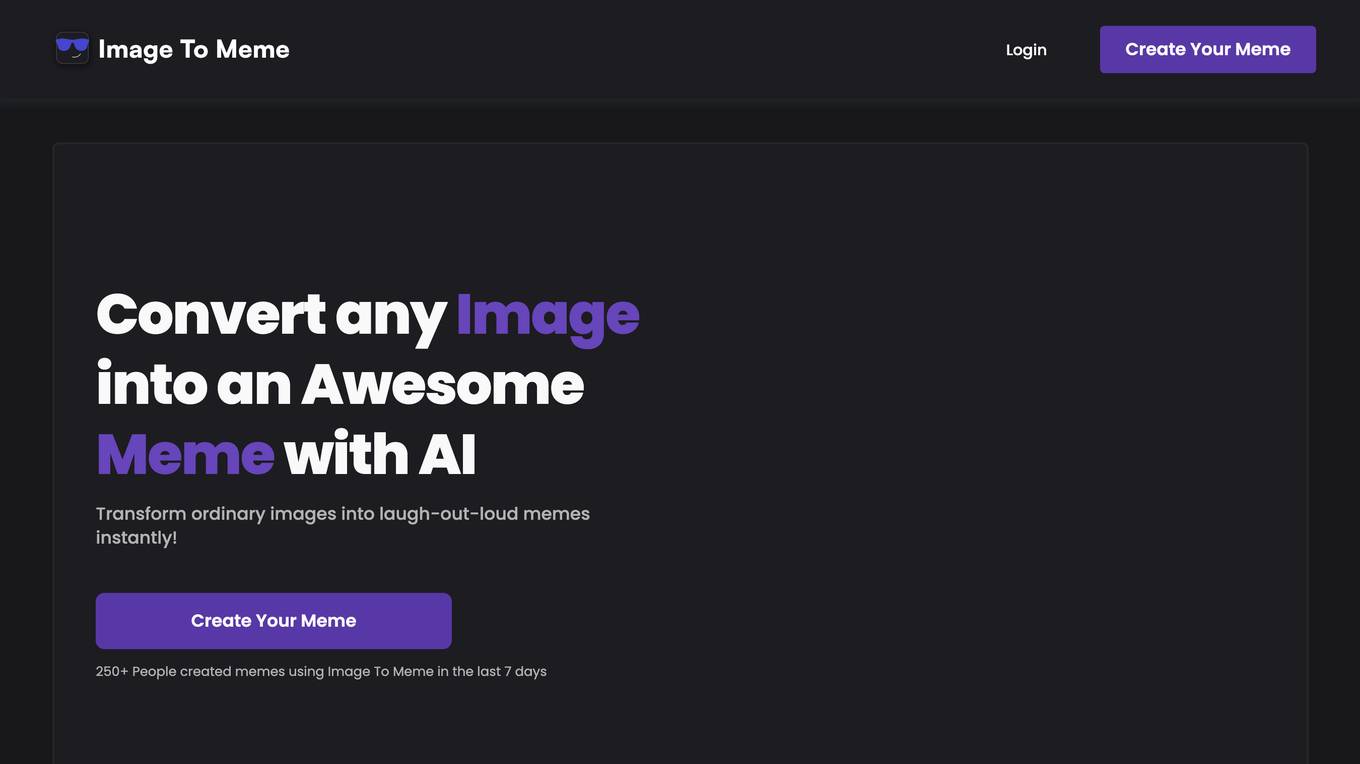
Image To Meme
Image To Meme is an online tool that allows users to convert any image into a meme. The tool uses artificial intelligence to generate memes that are both funny and relevant to the image. Image To Meme is easy to use and can be used to create memes for any occasion. The tool is free to use and offers a variety of features, including the ability to customize the text, colors, and alignment of the meme. Image To Meme is a great way to create funny and shareable memes with friends and family.
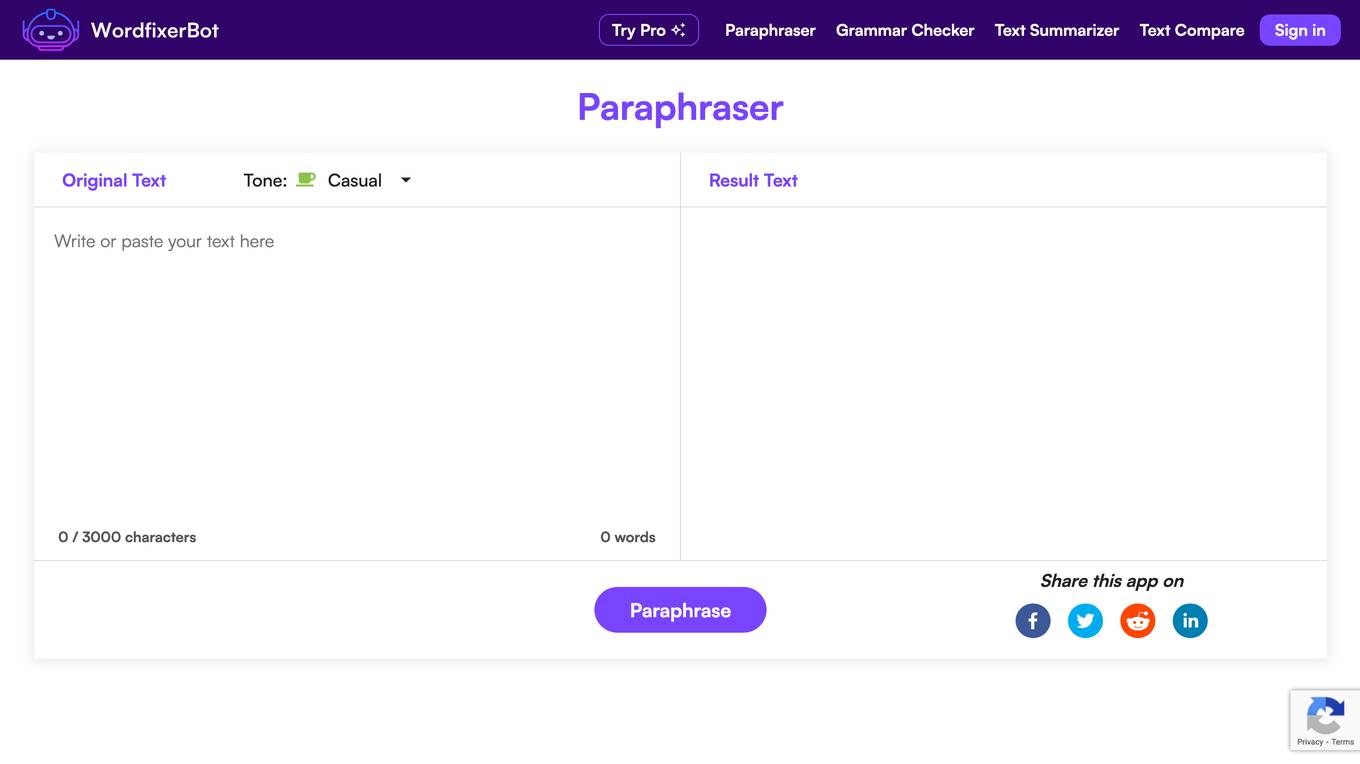
WordfixerBot's Paraphrasing Tool
WordfixerBot's Paraphrasing Tool is an AI-powered tool that helps users quickly and accurately rephrase any text. It uses advanced AI models to generate human-like text while maintaining the original meaning. The tool offers multiple tone options, allowing users to customize the paraphrased text to suit their writing style and audience. It is widely used by individuals and organizations, including writers, marketing professionals, bloggers, students, copywriters, journalists, editors, business professionals, content creators, and researchers.
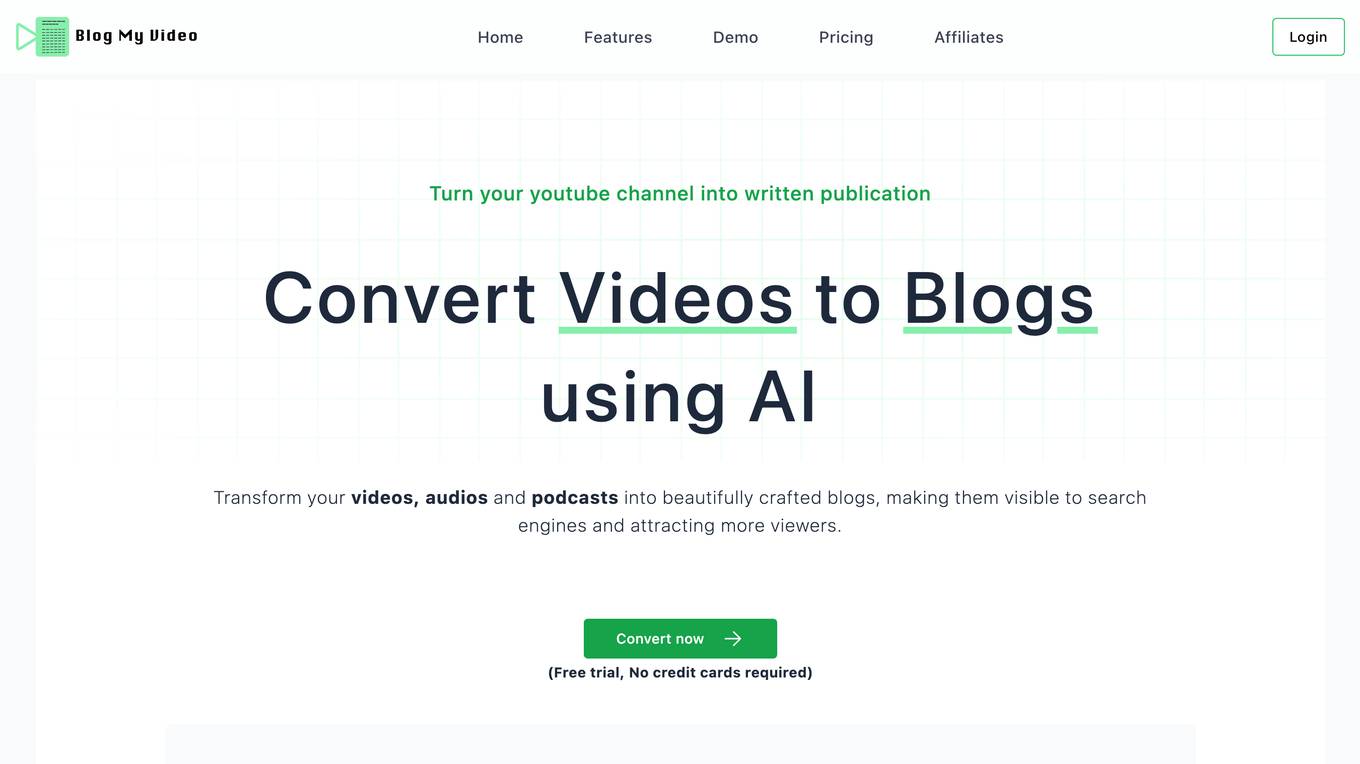
BlogMyVideo
BlogMyVideo is a web-based application that converts videos and audio files into written blog posts using artificial intelligence (AI) technology. It allows users to easily transform their video content into engaging and search engine optimized blog posts, making it more accessible to a wider audience and improving discoverability. The application features seamless YouTube integration, allowing users to sync their YouTube videos for automatic conversion. Additionally, it supports uploading audio files and podcasts for conversion, providing a versatile solution for content creators. BlogMyVideo offers editing capabilities, enabling users to customize the generated text to match their style and preferences. The platform also includes SEO optimization features such as optimized meta tags, canonical links, and structured Schema markup to enhance search engine visibility and performance.

Mememorph
Mememorph.com is a website dedicated to creating and sharing memes. Users can easily generate memes using a variety of templates and customize them with text and images. The platform provides a user-friendly interface for meme creation and sharing, making it a popular choice among meme enthusiasts. With a vast collection of meme templates and editing tools, Mememorph.com offers a fun and creative way for users to express themselves through humor and creativity.
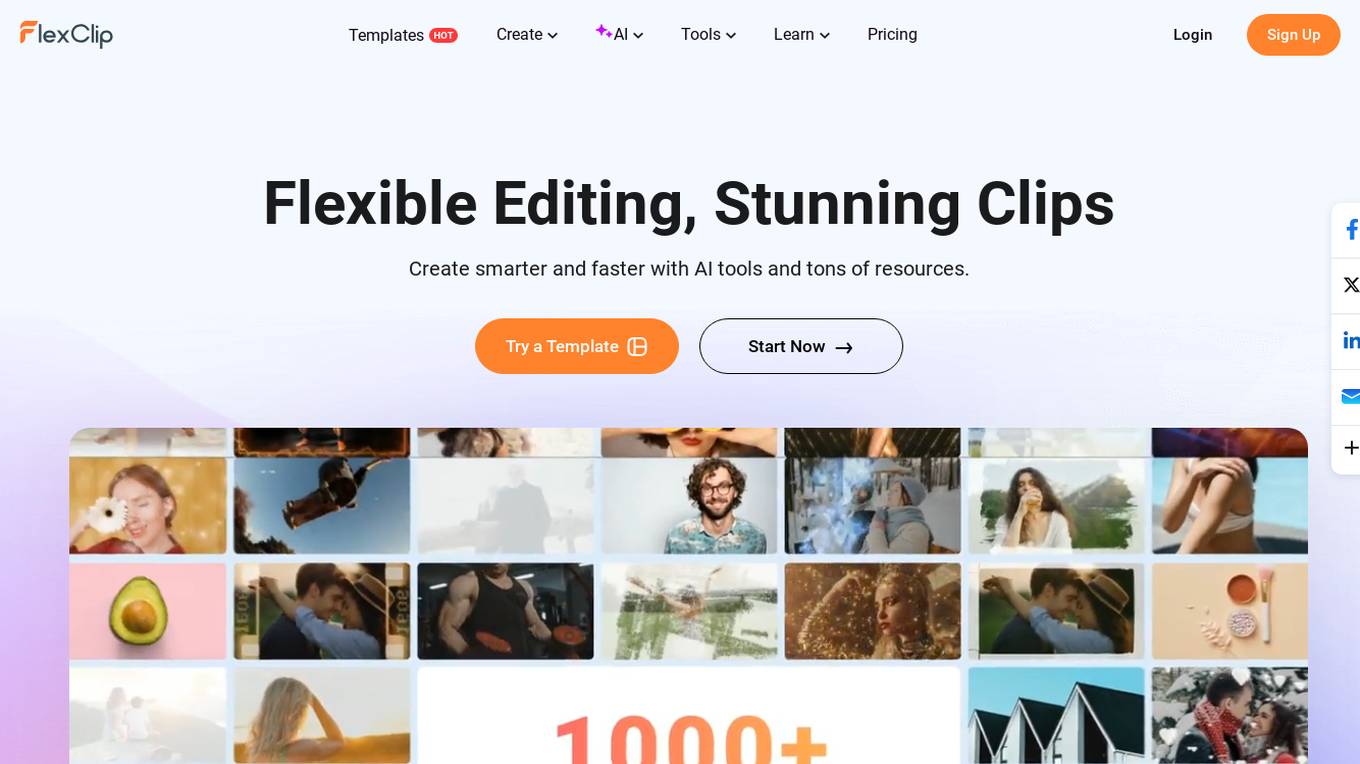
FlexClip
FlexClip is a powerful yet easy-to-use online video editing tool. With its extensive templates and resources, you can easily create high-quality videos for personal or business purposes without any learning curve.
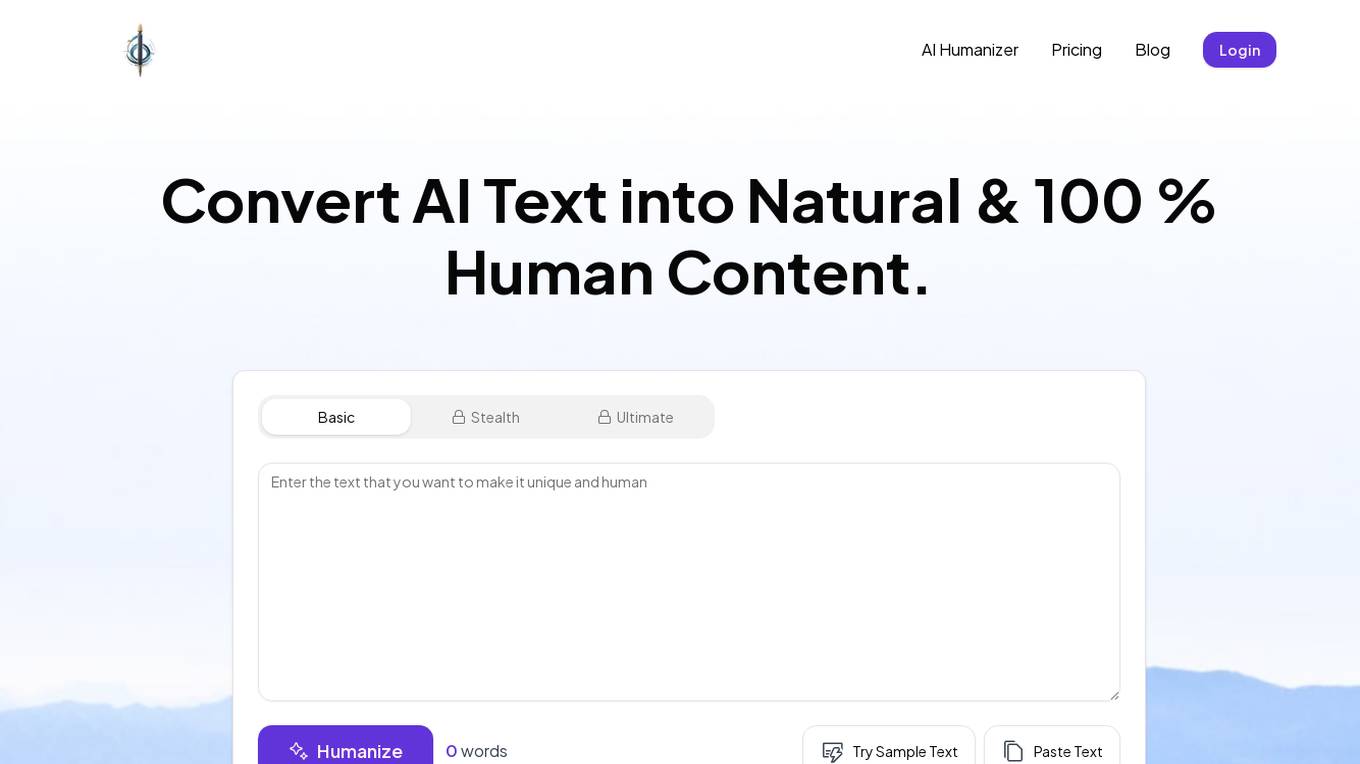
Humanize Text
Humanize Text is an AI tool designed to convert AI-generated text into natural and human-like content. It helps users bypass AI detection systems by transforming their text to be more authentic and readable. The platform ensures plagiarism-free and error-free content, making it a valuable tool for content creators, SEO specialists, and academic researchers. With features like easy text conversion, plagiarism-free guarantee, and the ability to bypass various AI detectors, Humanize Text simplifies the process of creating high-quality, human-like content.
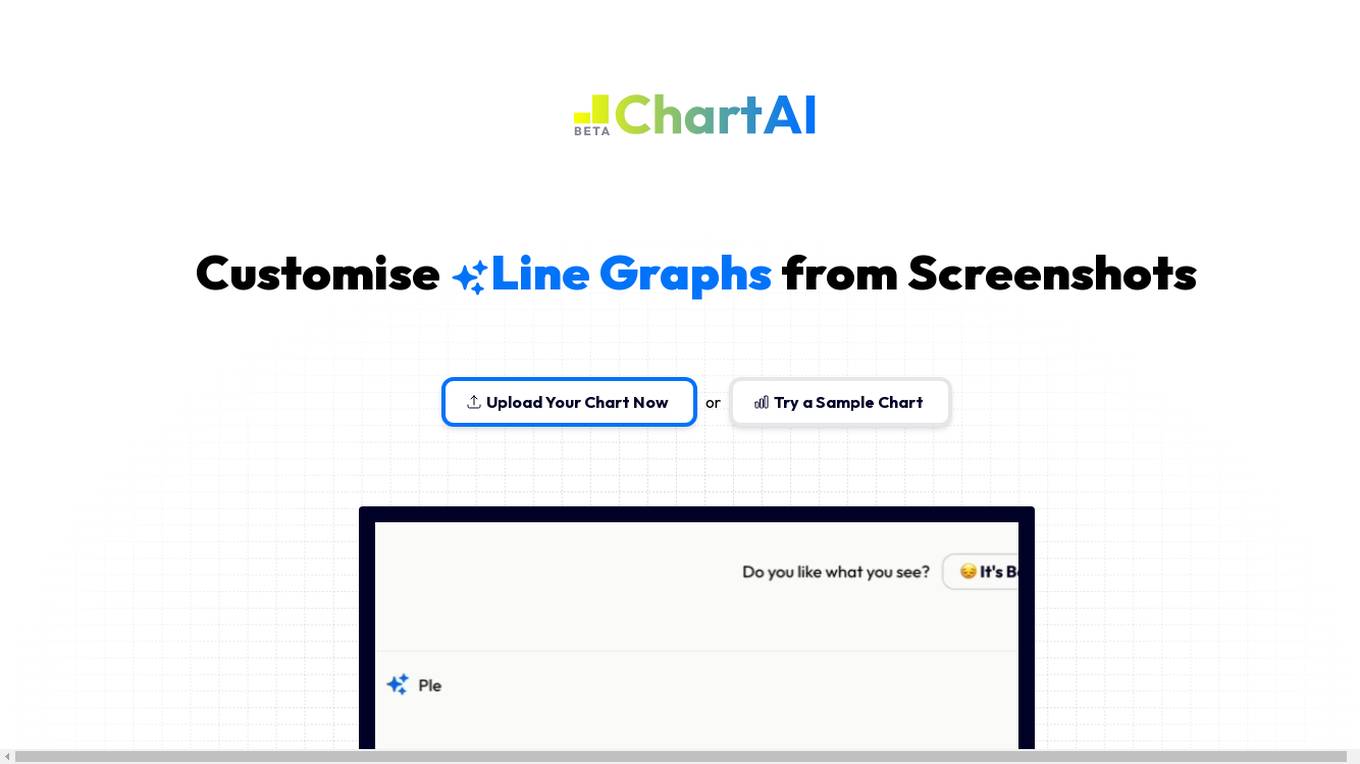
ChartAI
ChartAI is an AI tool that allows users to customize bar charts from screenshots. Users can upload their chart images, and ChartAI's visual recognition technology extracts the data to recreate the chart. Users can adjust the style, add or remove data, and change the chart type effortlessly. The tool simplifies the process of creating charts and provides quick updates based on user requests.

Bylo.ai
Bylo.ai is a free AI image generator tool that transforms text descriptions into high-quality images with advanced customization options. It offers fast and efficient image generation, flexible settings, and high-resolution outputs suitable for personal and commercial use. Users can access the tool online without any downloads, making it convenient for creating visuals for various purposes.

WeBattle
WeBattle is a website that offers a platform for creating and playing AI-native text games. Users can engage in various types of text games, such as battles and persuasion scenarios, and interact with AI characters. The platform aims to provide a diverse and colorful AI gaming experience for users.
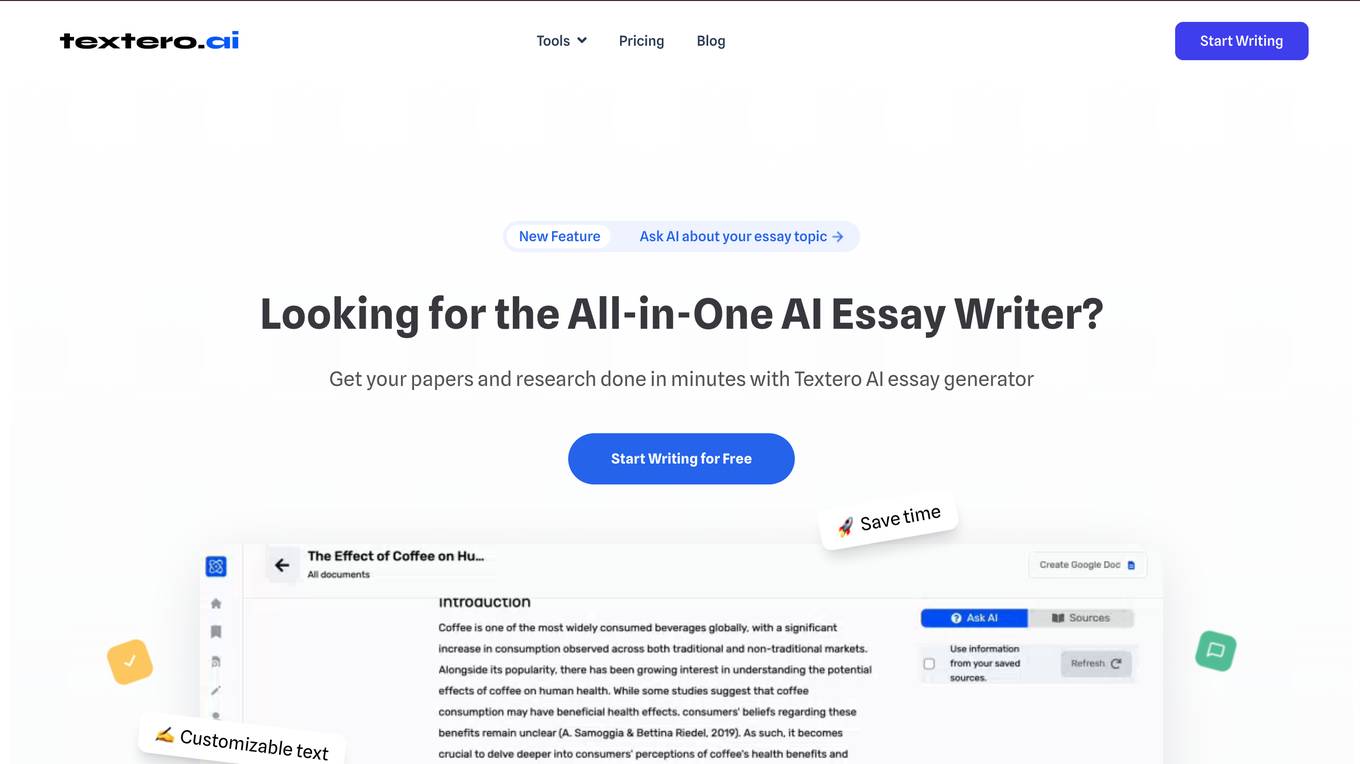
Textero AI Essay Writer
Textero is an AI-powered essay writing assistant that helps students draft, generate, and check essays for AI and plagiarism. It offers unique features like customization based on provided instructions, access to high-quality academic sources, and support for multiple languages. Textero aims to provide students with intelligent and original academic content while ensuring credibility and authenticity in their writing.
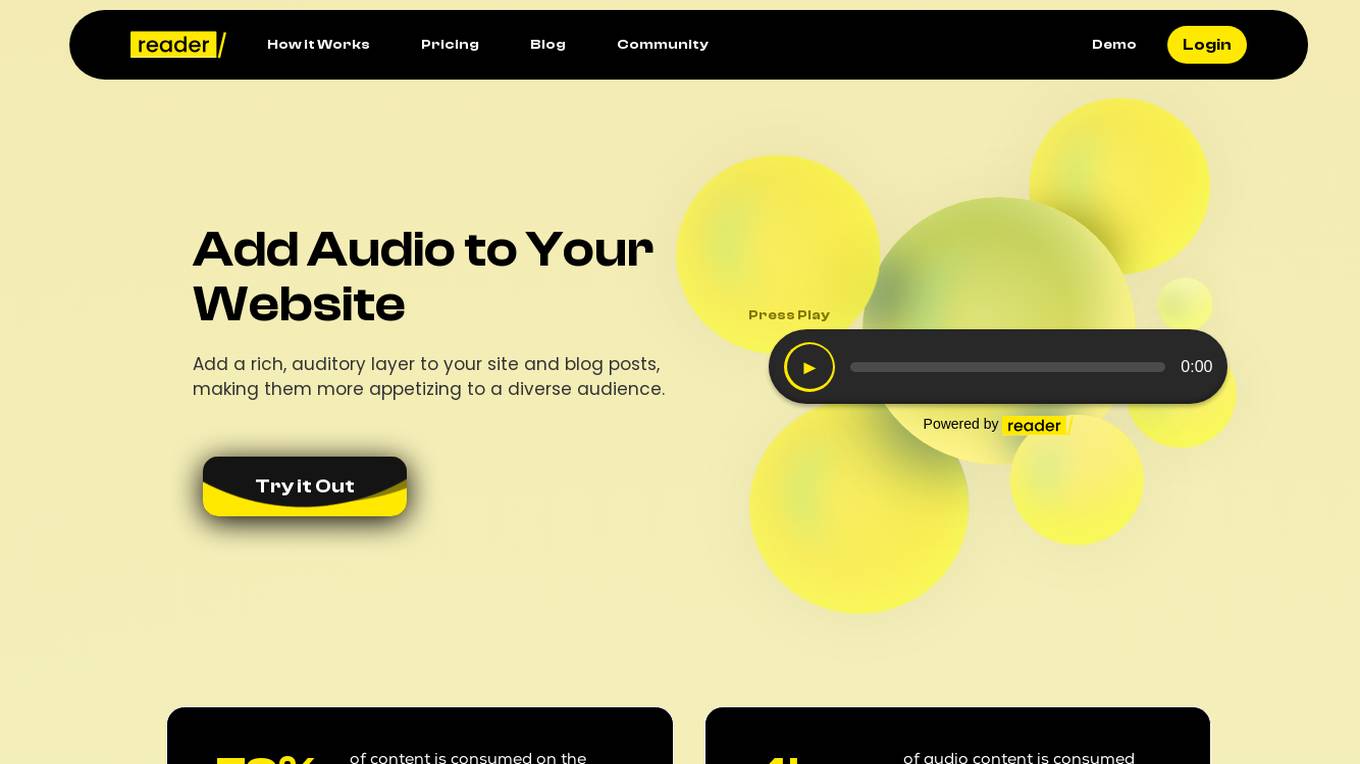
ButterReader
ButterReader is an innovative audio widget designed to transform blog texts into engaging, listenable content, making learning and information consumption as smooth as butter. It offers a range of customization options to tailor the widget's appearance and functionality to match your brand's style and audience preferences. With ButterReader, you can add a rich auditory layer to your website and blog posts, making them more accessible and appealing to a diverse audience.
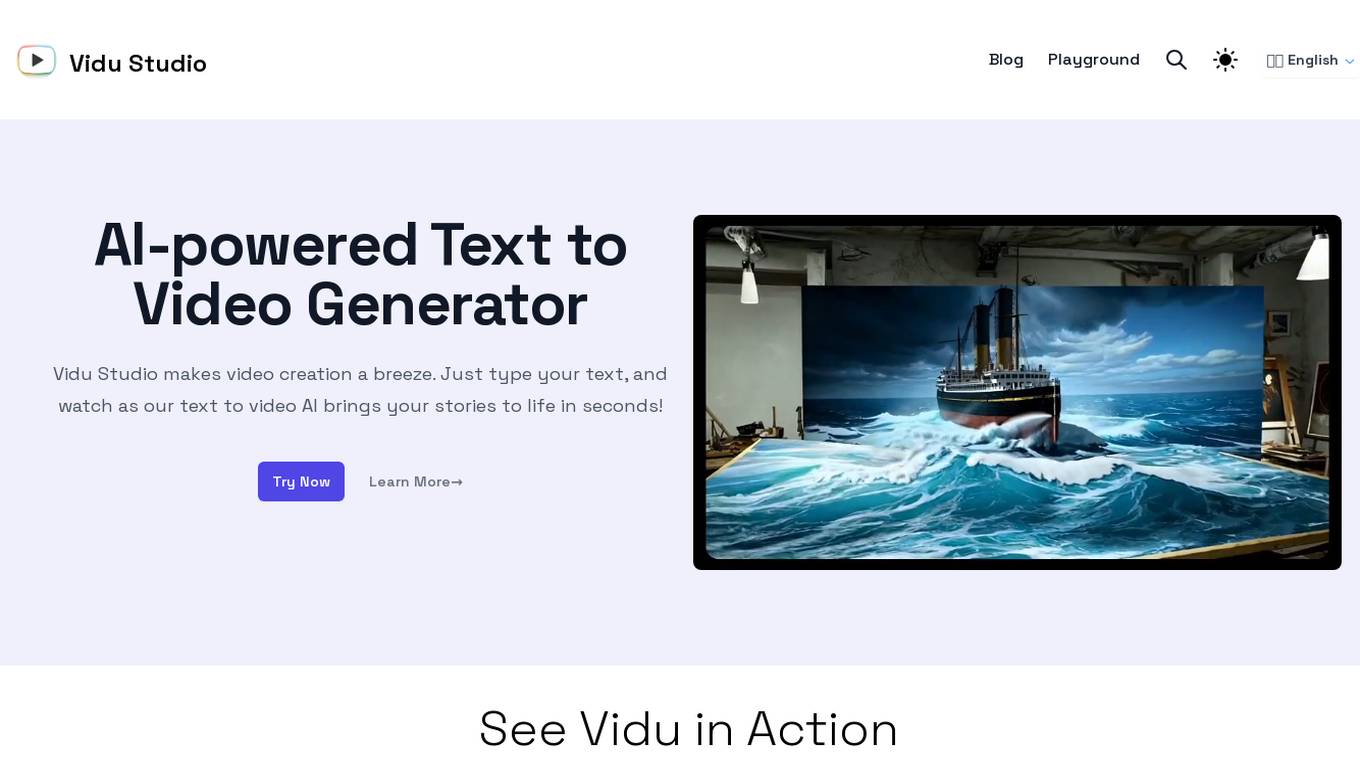
Vidu Studio
Vidu Studio is an AI-powered text to video generator that simplifies the process of creating engaging videos. Users can input text prompts or images, and the AI technology quickly transforms them into short videos. With lightning-fast generation, multiple style options, easy sharing capabilities, and the ability to use custom character references, Vidu Studio offers a fun and efficient way to bring stories to life through video content.
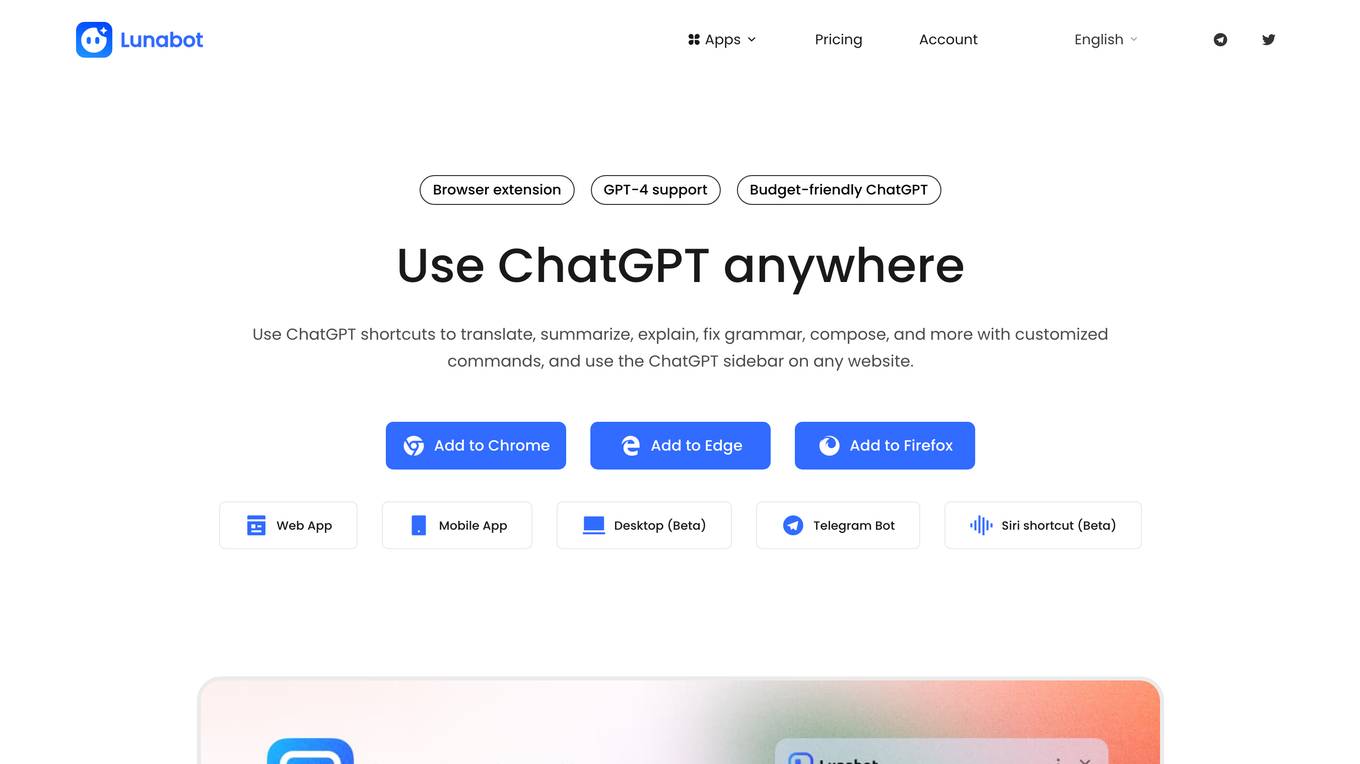
Lunabot
Lunabot is an AI assistant that simplifies your work on any webpage as a chatbot sider, anywhere. No API key or ChatGPT account is required. Lunabot offers a web app, browser extensions, mobile app, desktop app, and Telegram bot. It supports GPT-4, allows you to create custom shortcuts, and offers multiple themes. Lunabot is budget-friendly and offers better features than ChatGPT at a lower cost.
CandyIcons
CandyIcons is an AI-powered app icon generator that helps users create stunning icons for their apps. With just a few simple steps, users can input keywords related to their app, choose colors and styles, and generate a unique icon that perfectly represents their brand. CandyIcons is easy to use and affordable, making it a great option for businesses of all sizes.
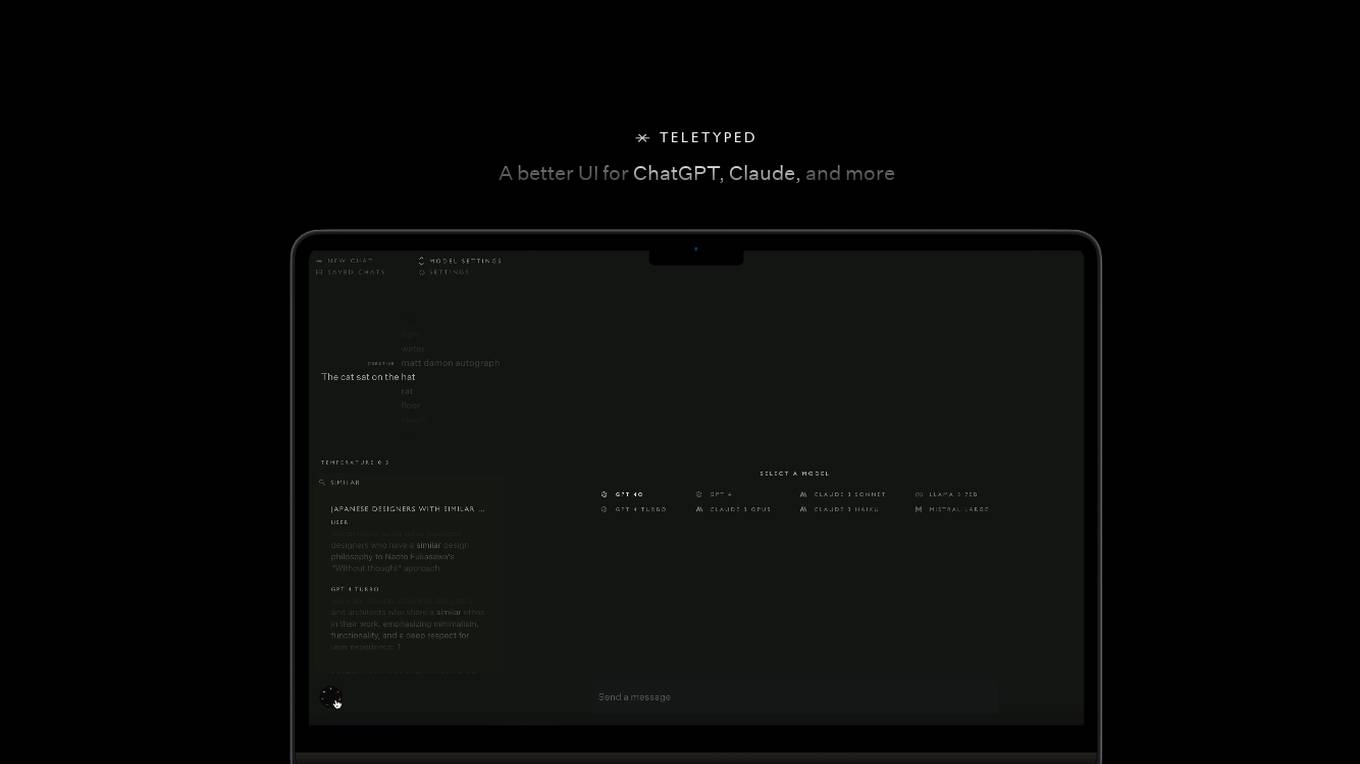
Teletyped
Teletyped is an AI tool designed to enhance the user experience of ChatGPT and other chat applications. It offers a better user interface, full-text search functionality across all chats, the ability to save chats, and automatic deletion of temporary chats. Users can customize the color themes, switch between different models mid-chat, and edit model responses. Teletyped also provides features like model regeneration, editing mode for models, and subscription-based model credits.
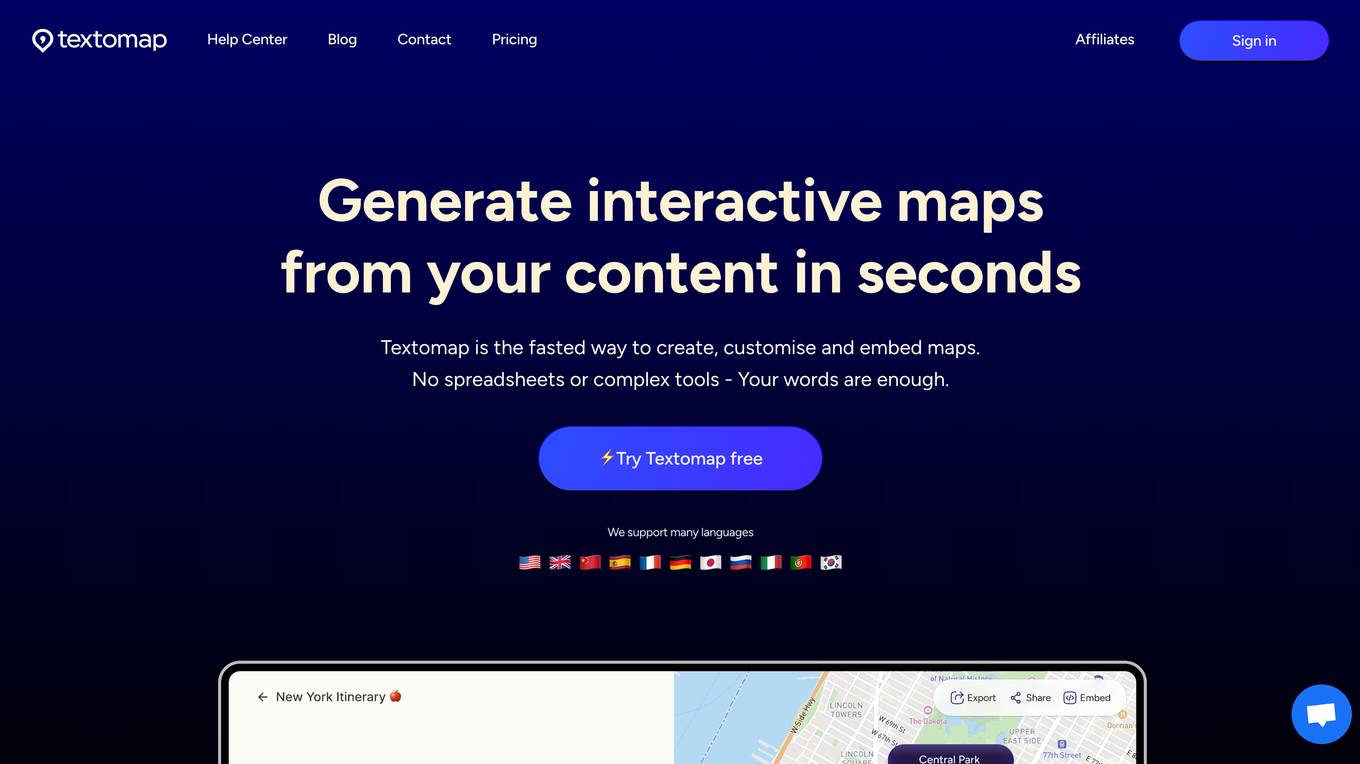
Textomap
Textomap is an online tool that allows users to create interactive maps from text. Users can input any text that contains locations, addresses, or points of interest, and Textomap will automatically generate a map with those locations marked. Textomap also allows users to customize their maps by adding pins, labels, and descriptions. The tool is free to use, but users can upgrade to a paid plan for additional features such as unlimited maps and ad-free browsing.
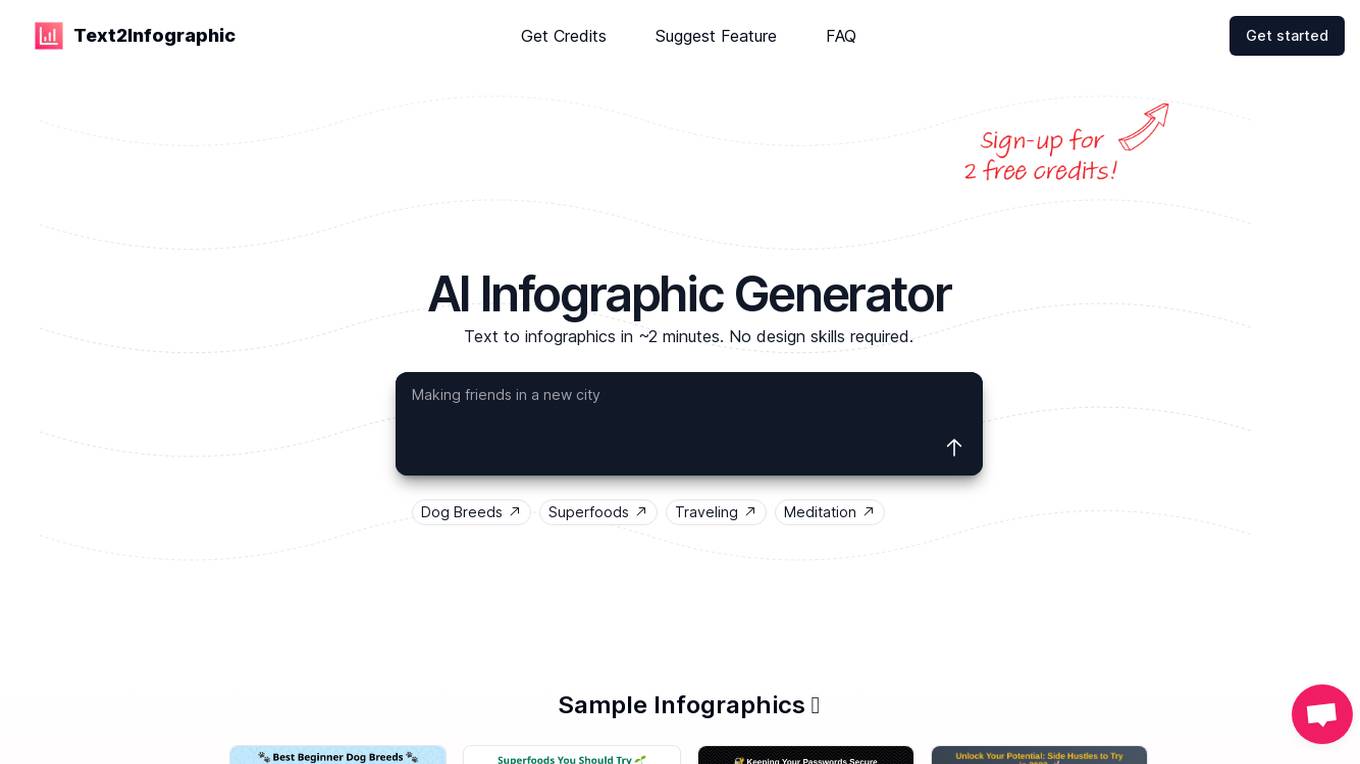
Text to Infographic
Text to Infographic is an AI Infographic Generator that transforms text into visually appealing infographics in approximately 2 minutes. It requires no design skills and is ideal for creating engaging content for blogs, social media, and other platforms. Users can easily convert text on various topics such as dog breeds, superfoods, traveling, and meditation into informative graphics. The service offers a user-friendly experience with affordable pricing and the option to customize and download the generated infographics.
0 - Open Source AI Tools
20 - OpenAI Gpts
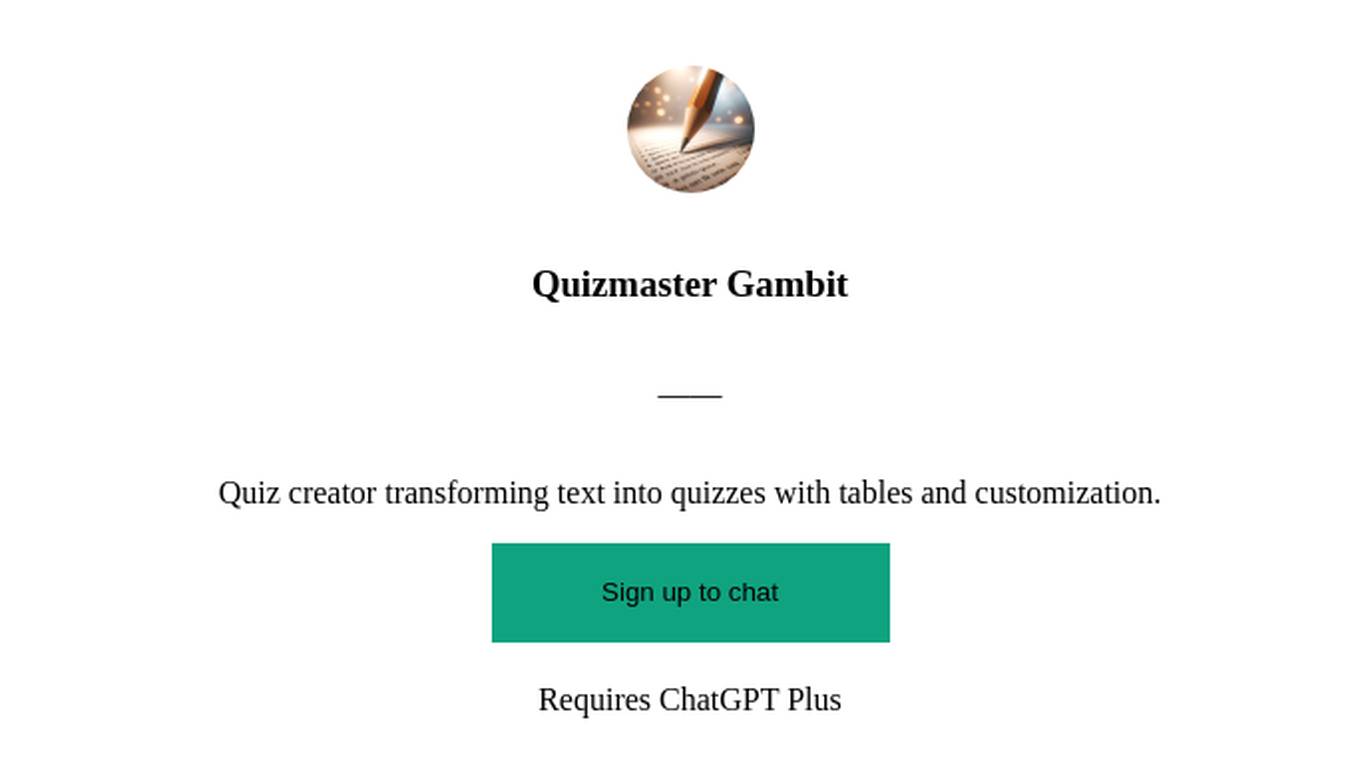
Quizmaster Gambit
Quiz creator transforming text into quizzes with tables and customization.
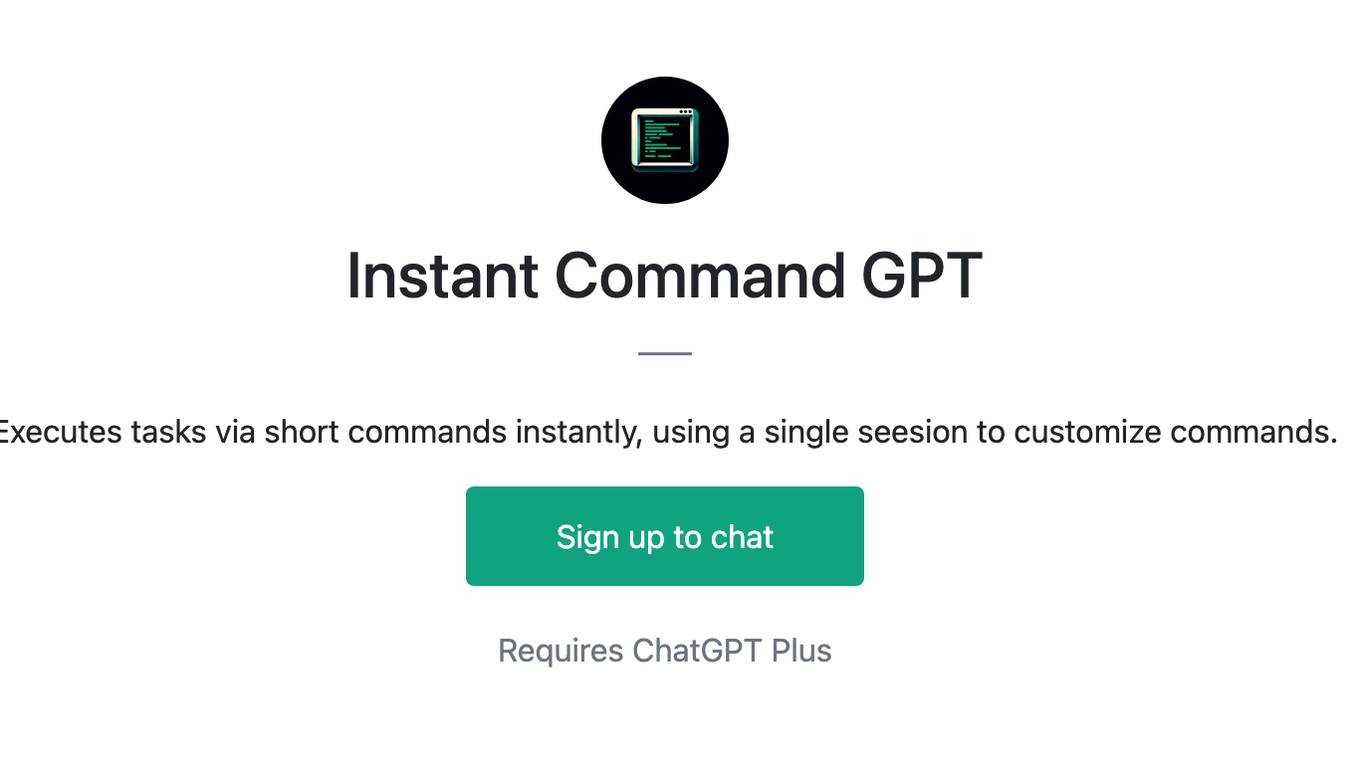
Instant Command GPT
Executes tasks via short commands instantly, using a single seesion to customize commands.
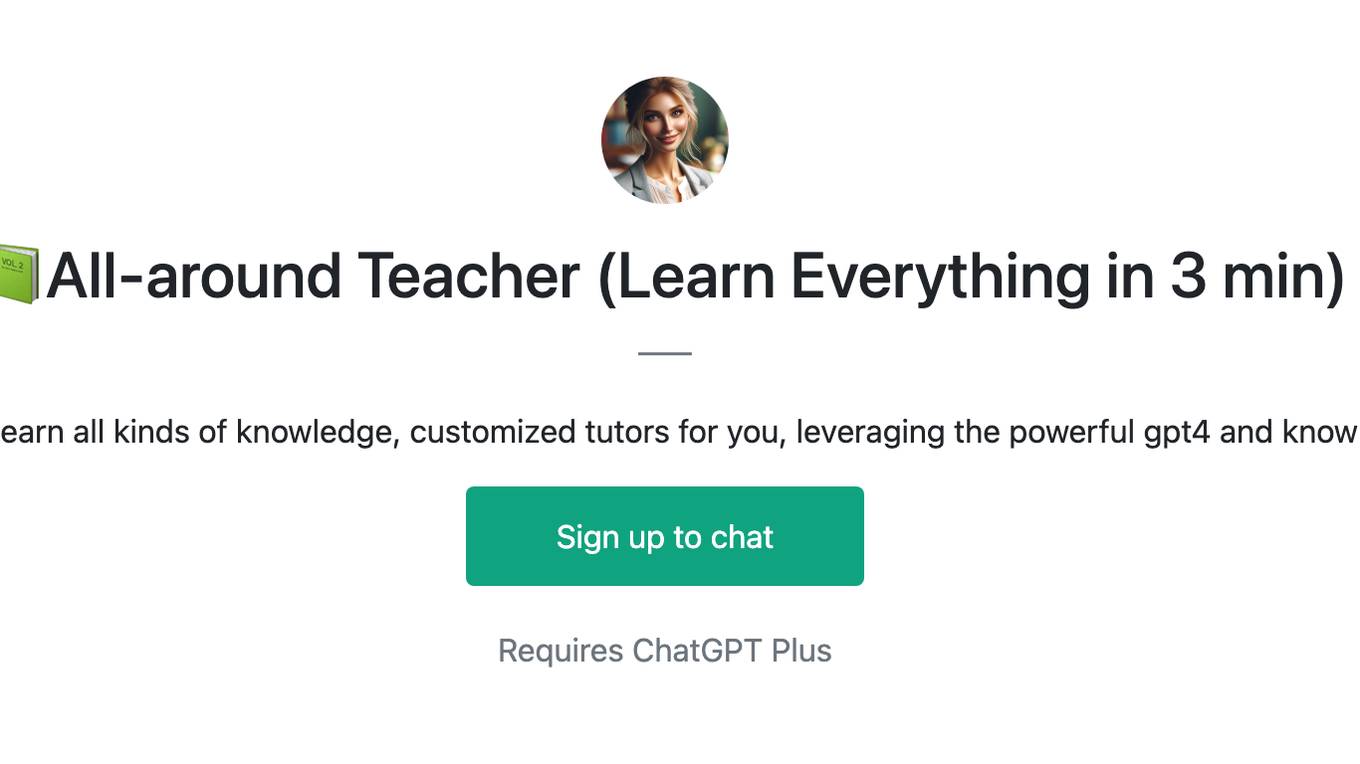
📗All-around Teacher (Learn Everything in 3 min)
3 minutes to learn all kinds of knowledge, customized tutors for you, leveraging the powerful gpt4 and knowledge base,
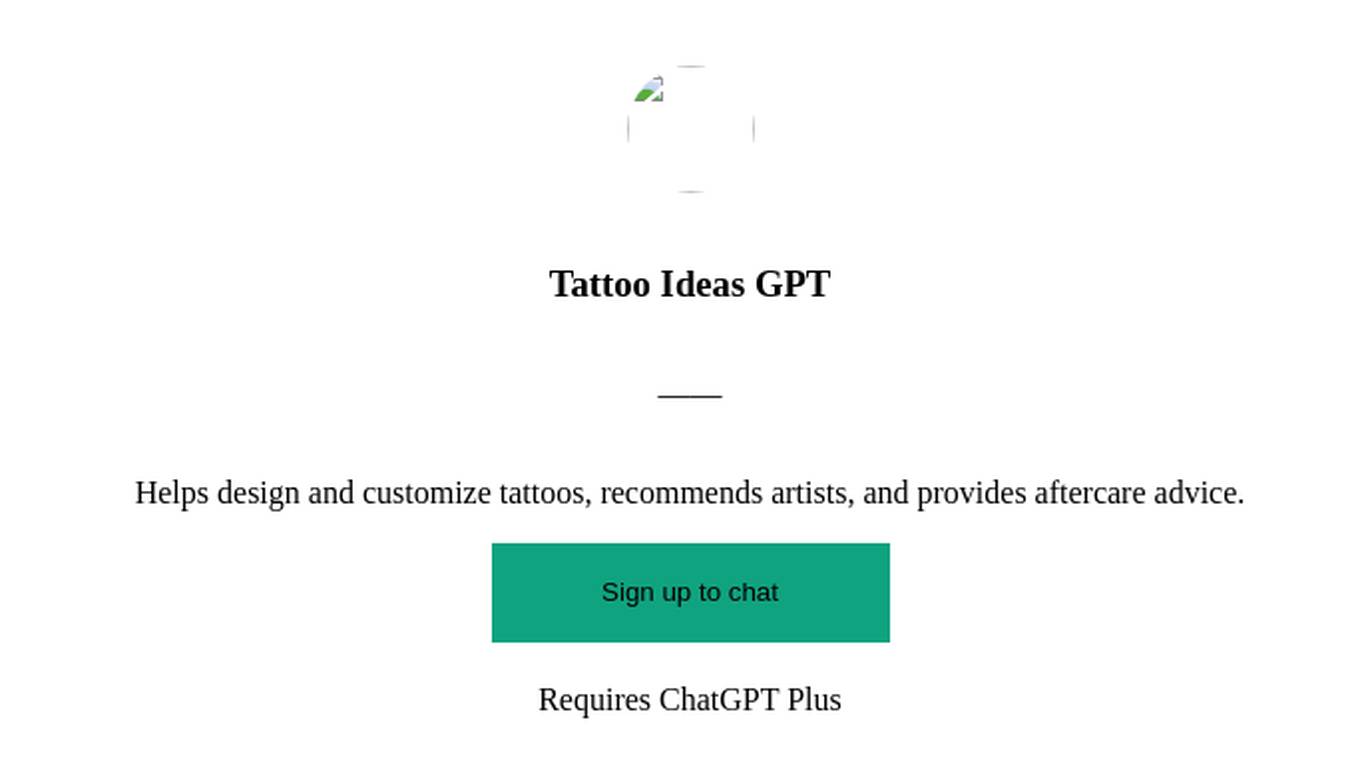
Tattoo Ideas GPT
Helps design and customize tattoos, recommends artists, and provides aftercare advice.
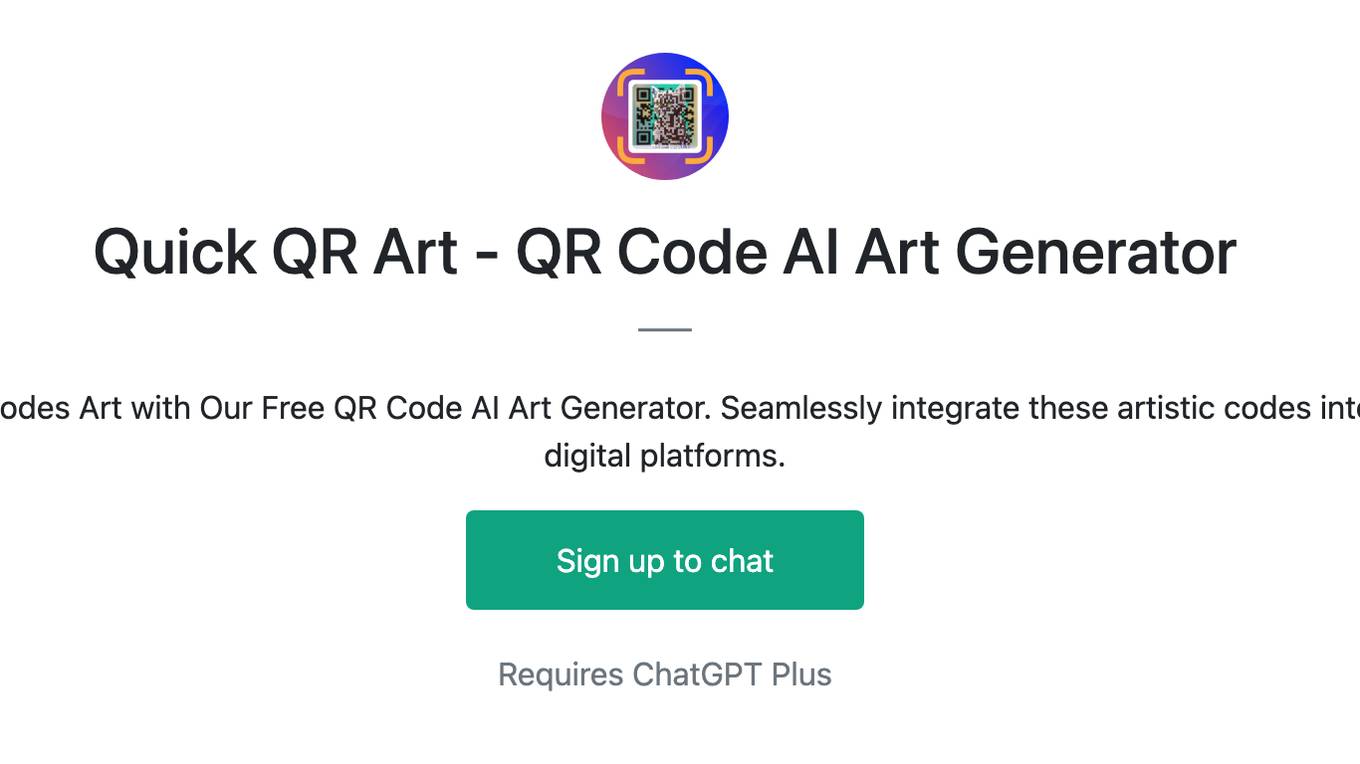
Quick QR Art - QR Code AI Art Generator
Create, Customize, and Track Stunning QR Codes Art with Our Free QR Code AI Art Generator. Seamlessly integrate these artistic codes into your marketing materials, packaging, and digital platforms.
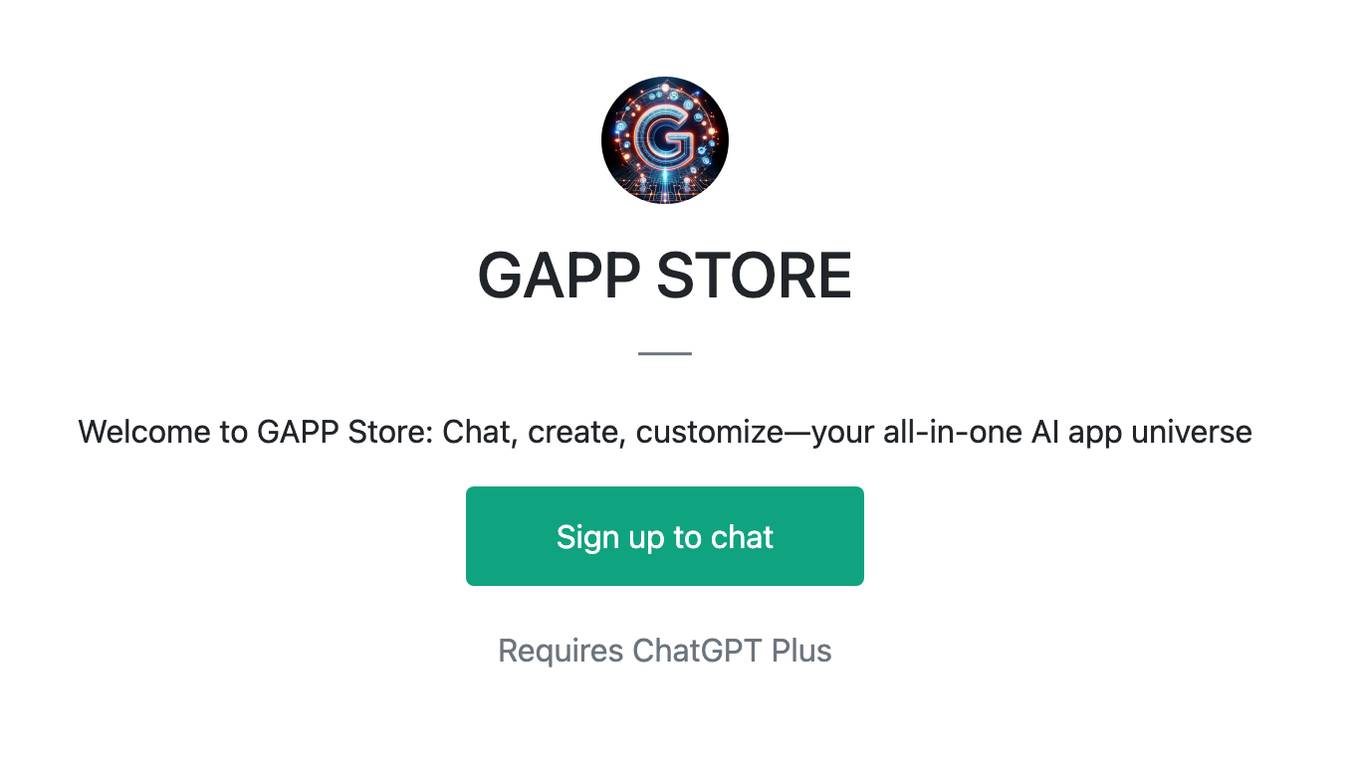
GAPP STORE
Welcome to GAPP Store: Chat, create, customize—your all-in-one AI app universe
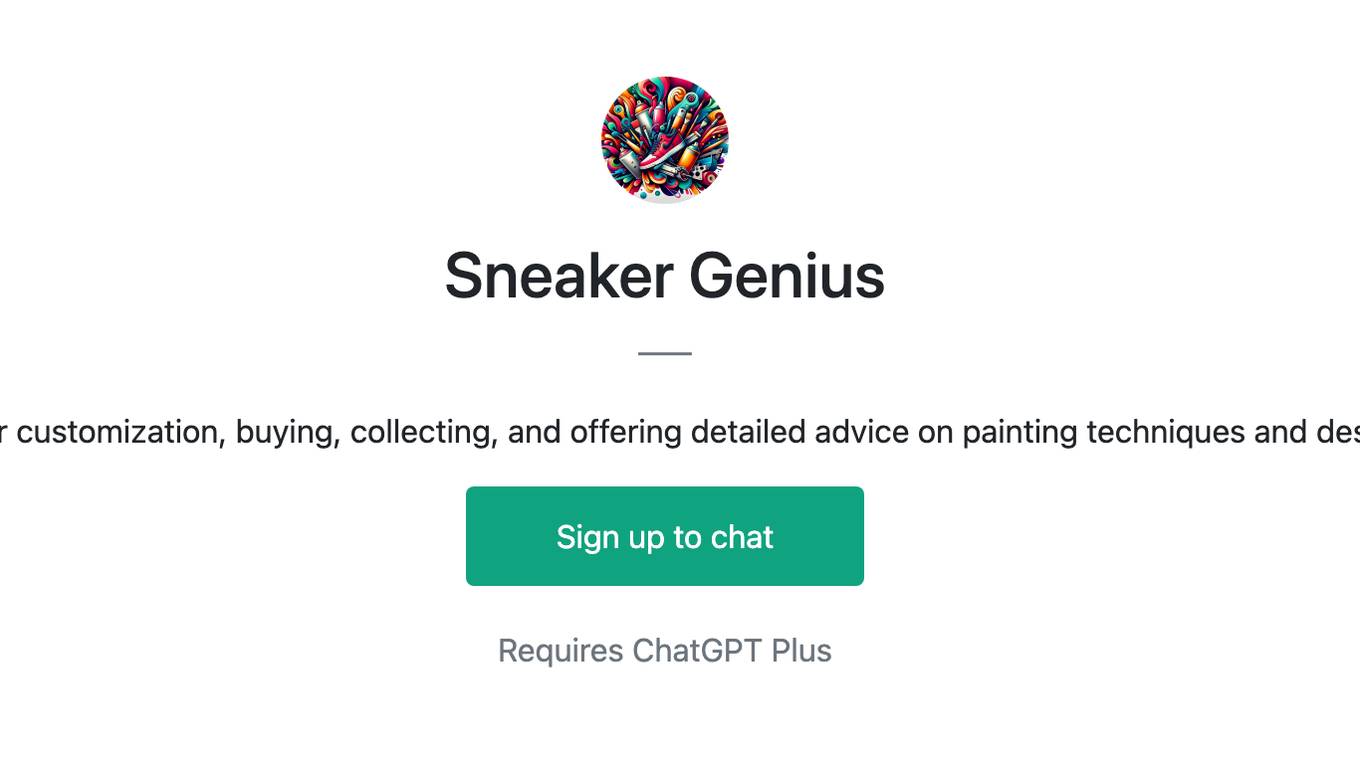
Sneaker Genius
Expert in sneaker customization, buying, collecting, and offering detailed advice on painting techniques and design inspiration
